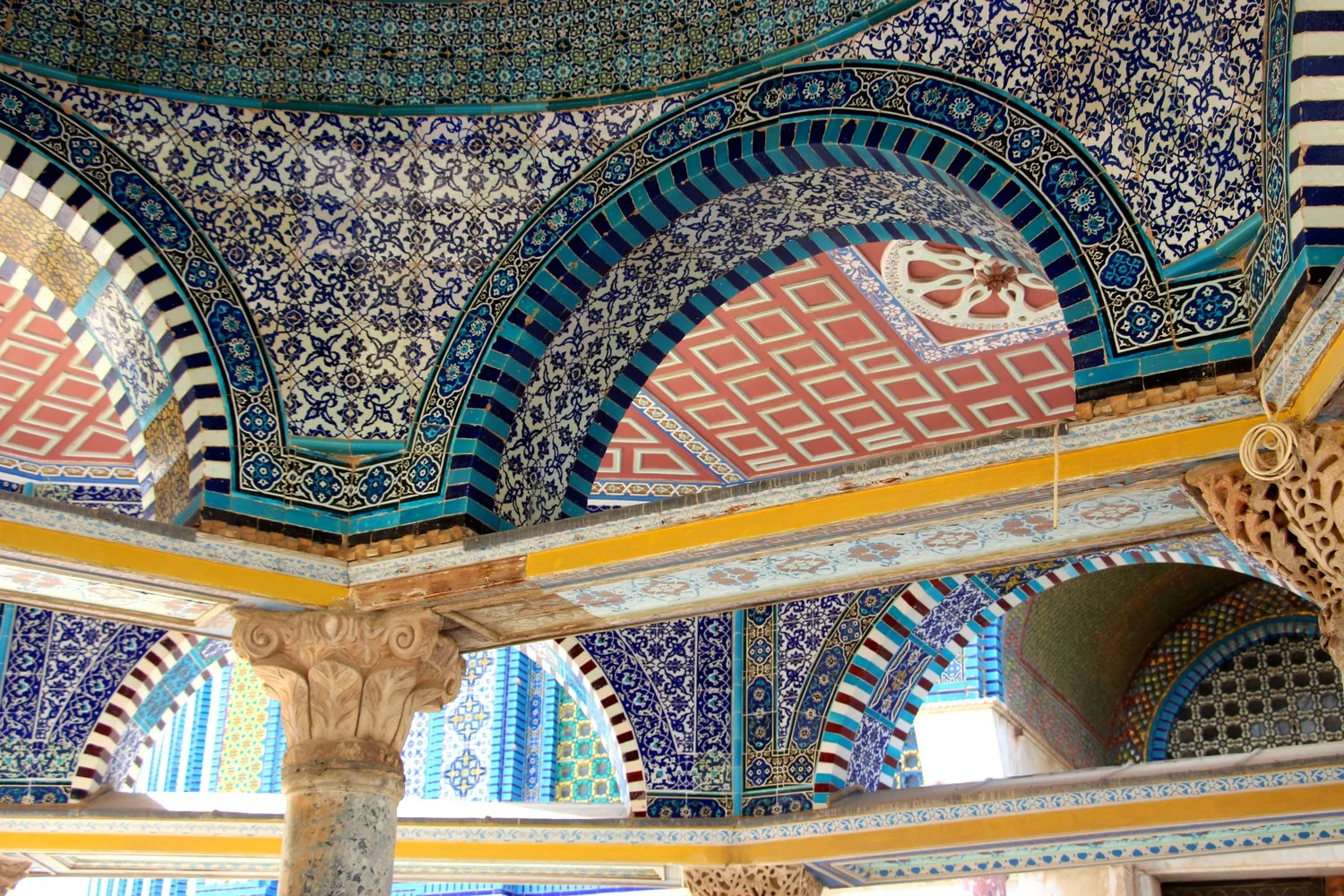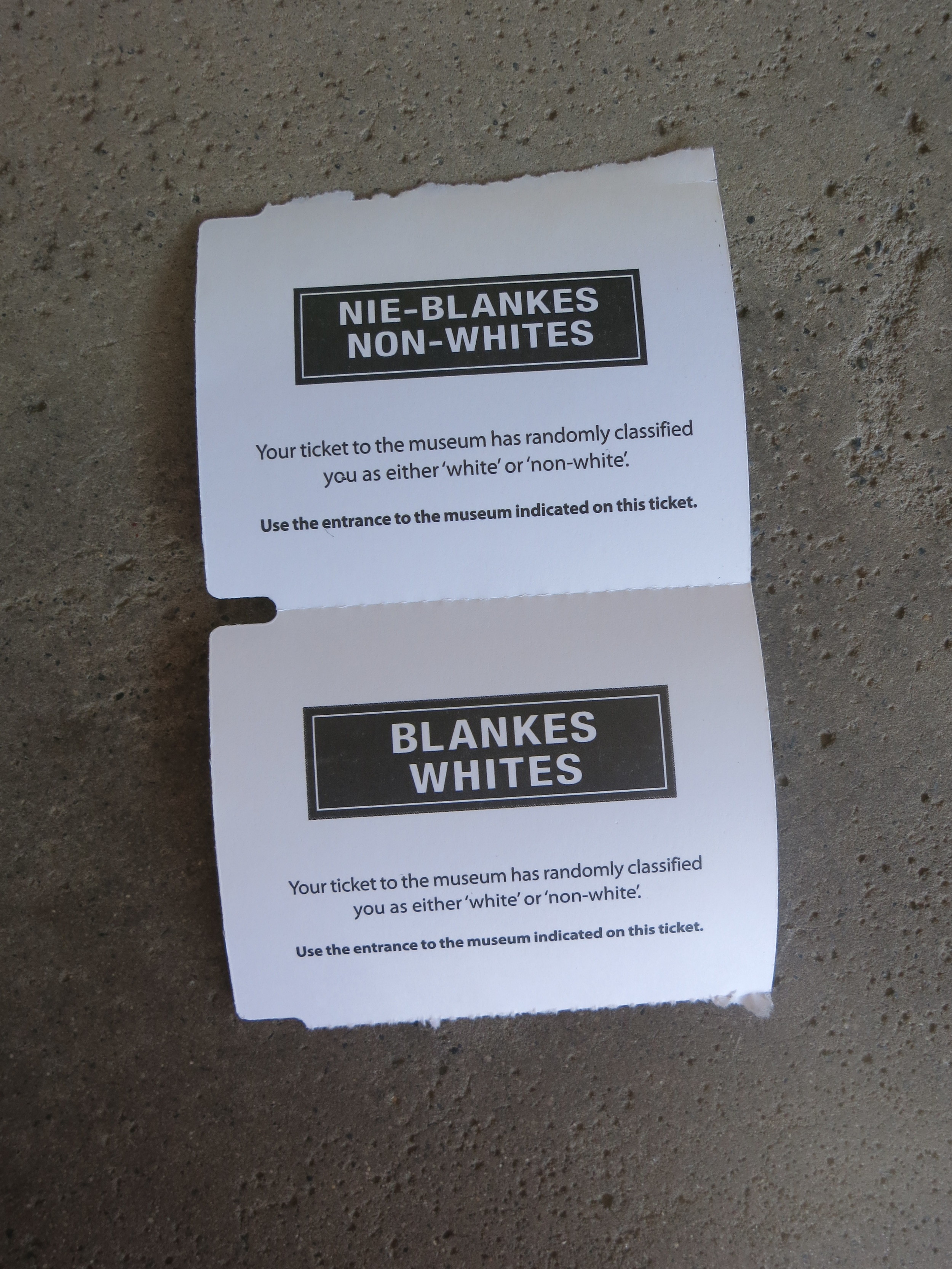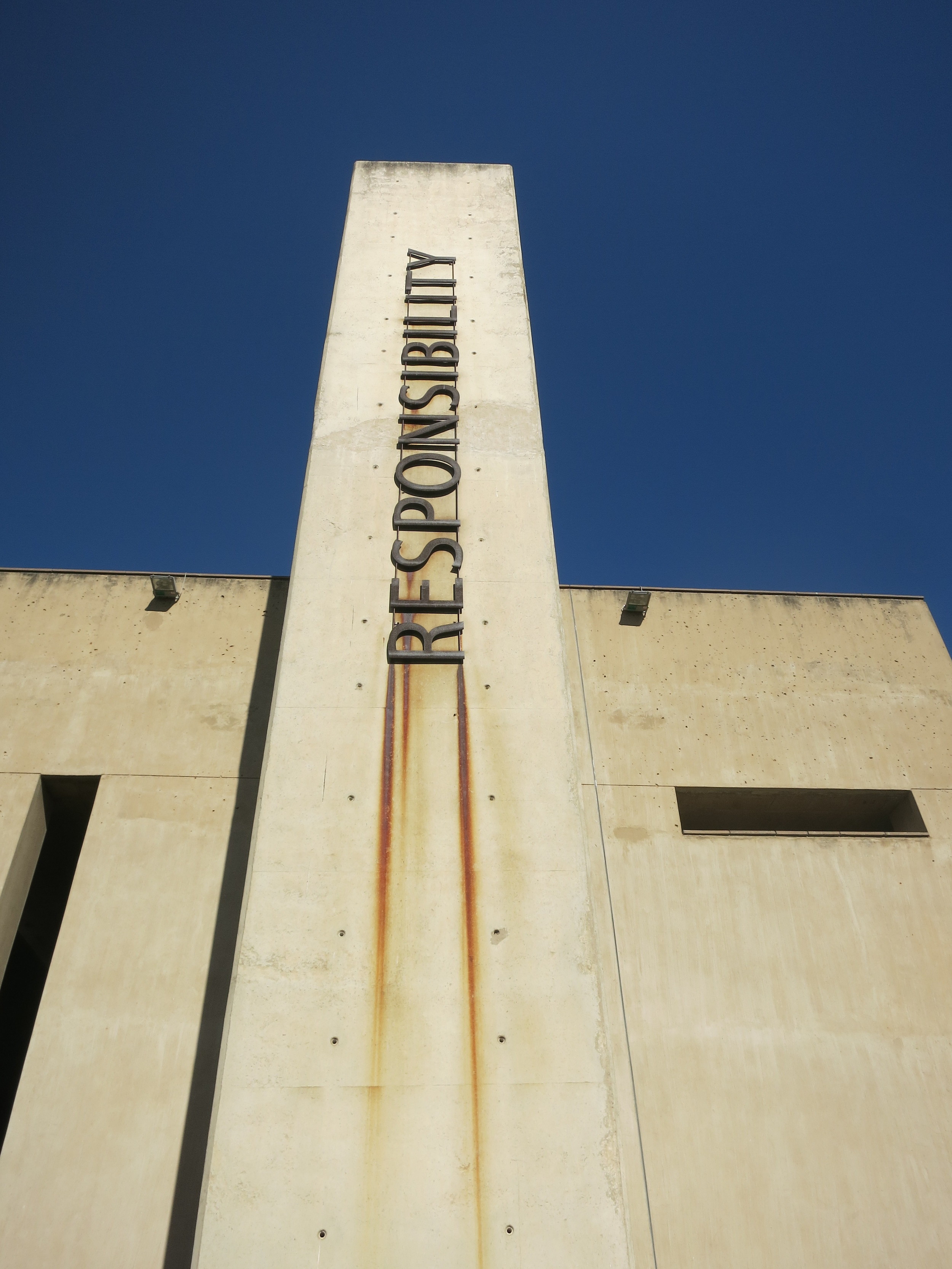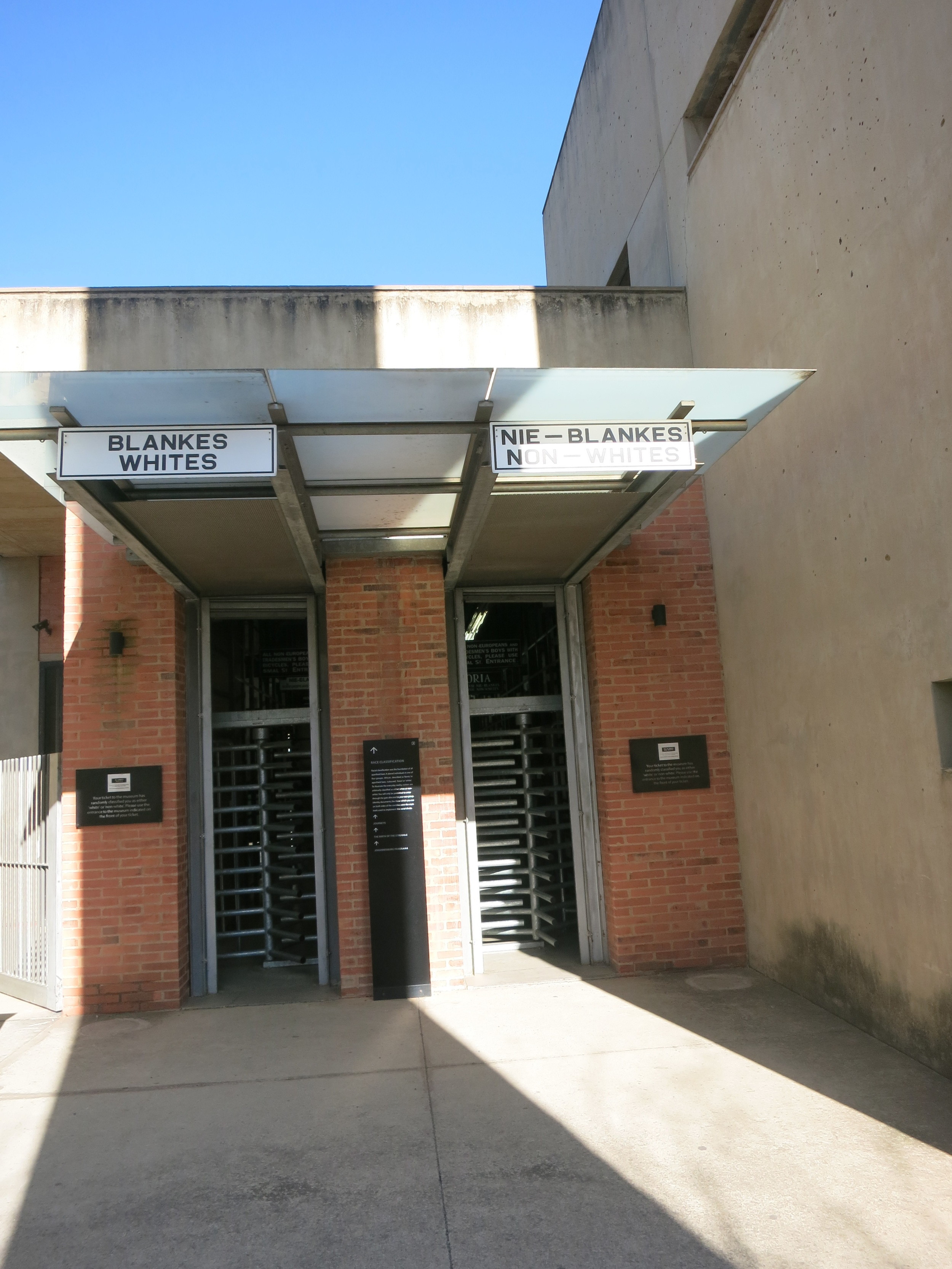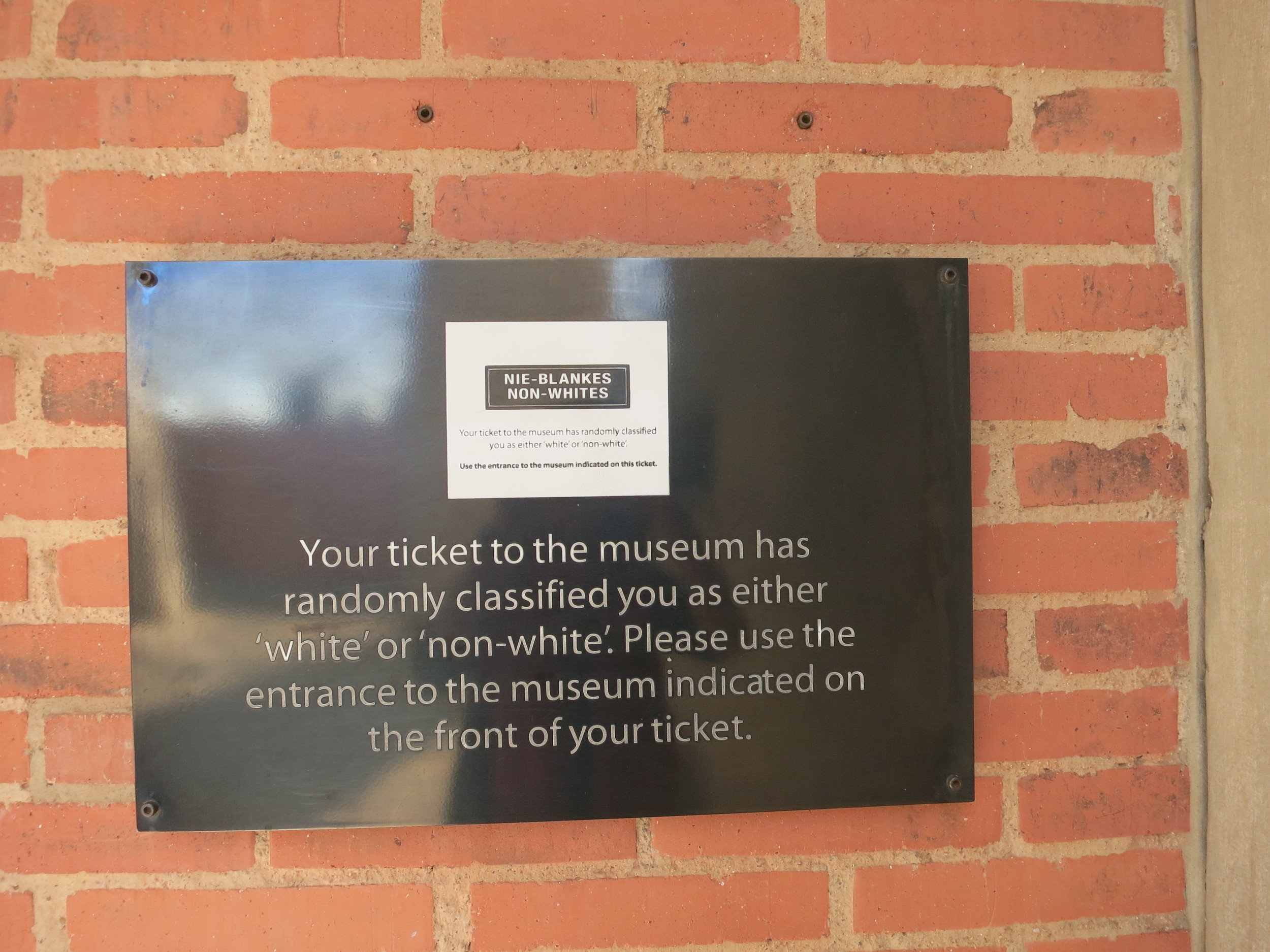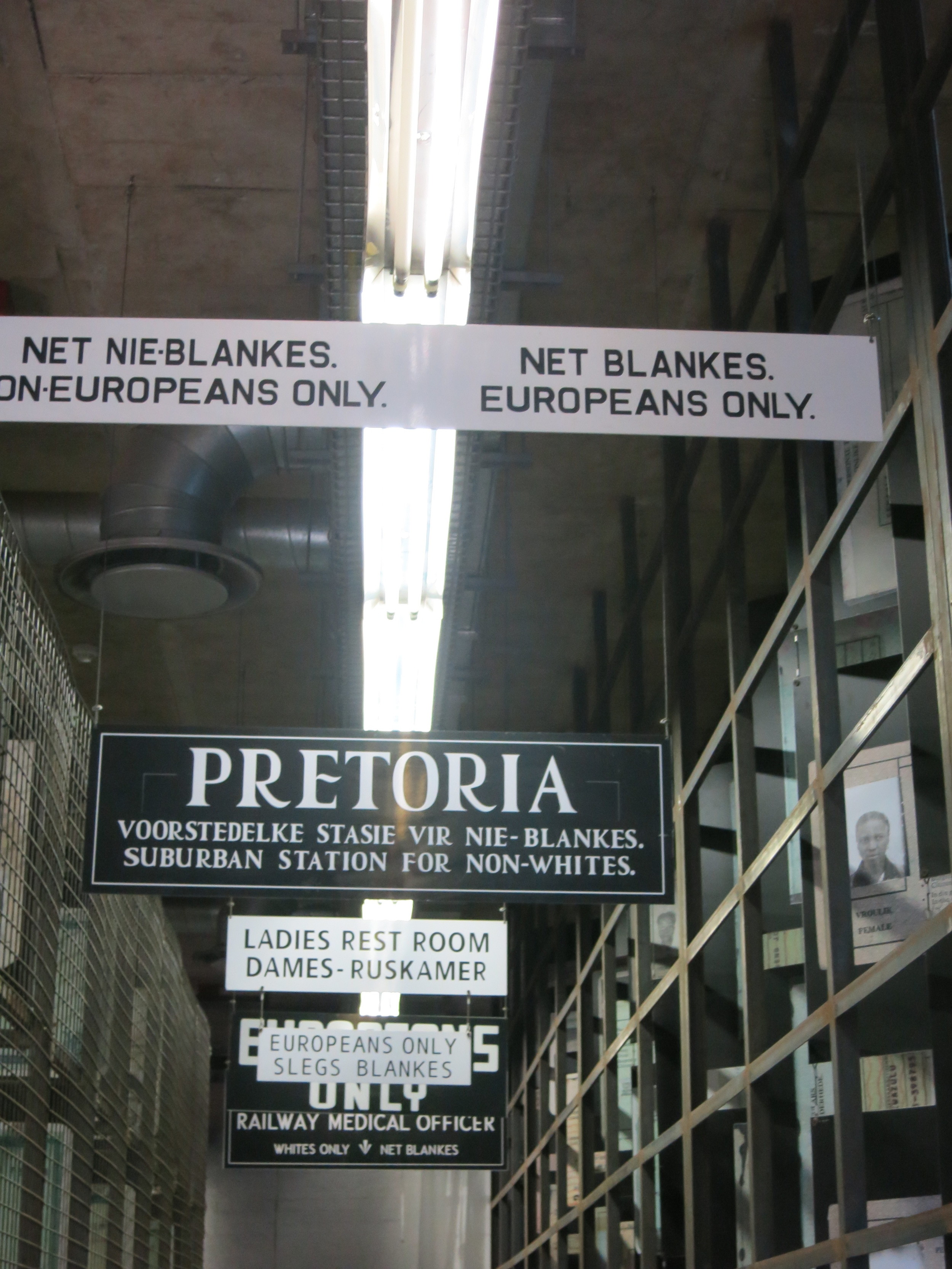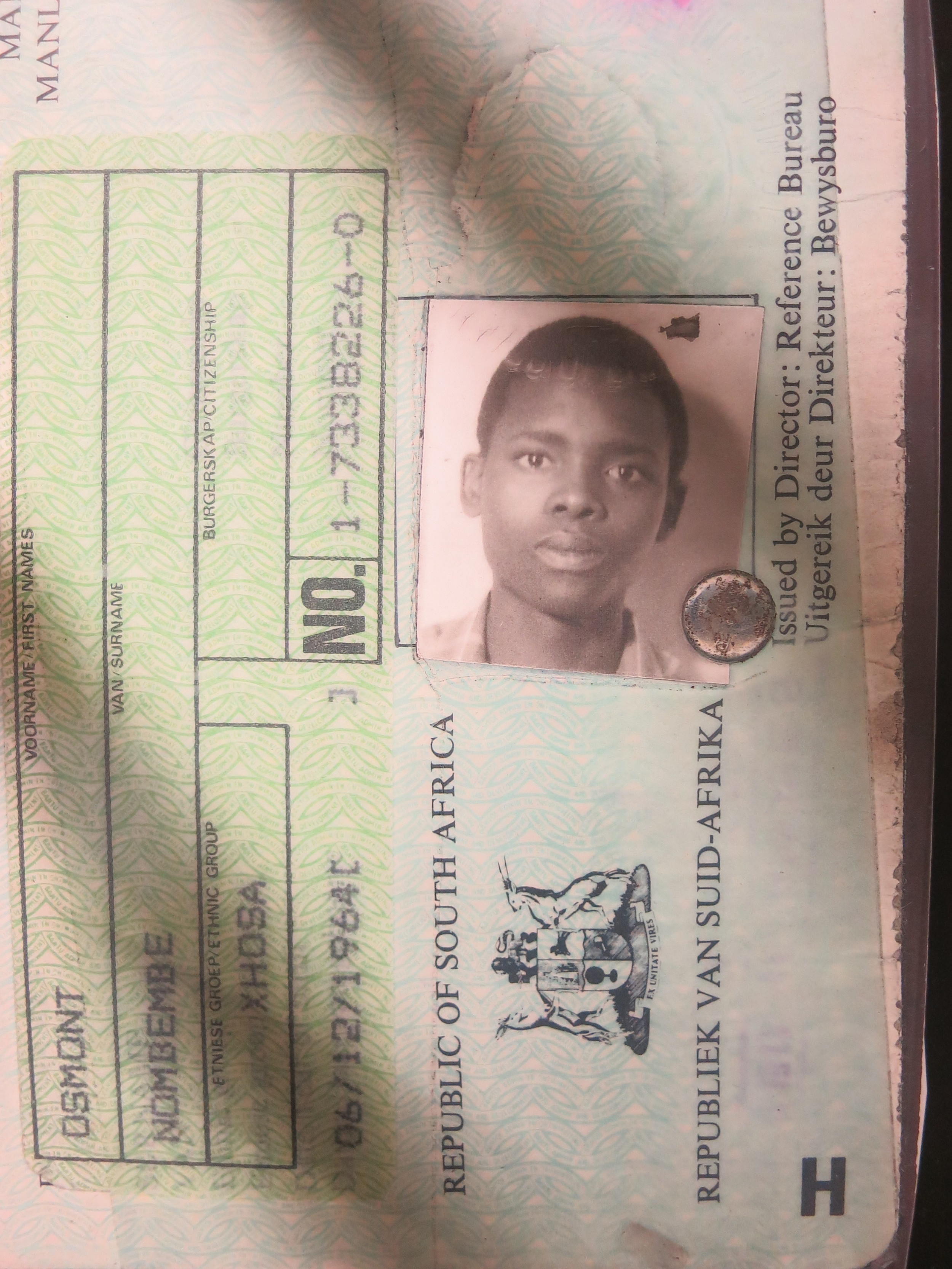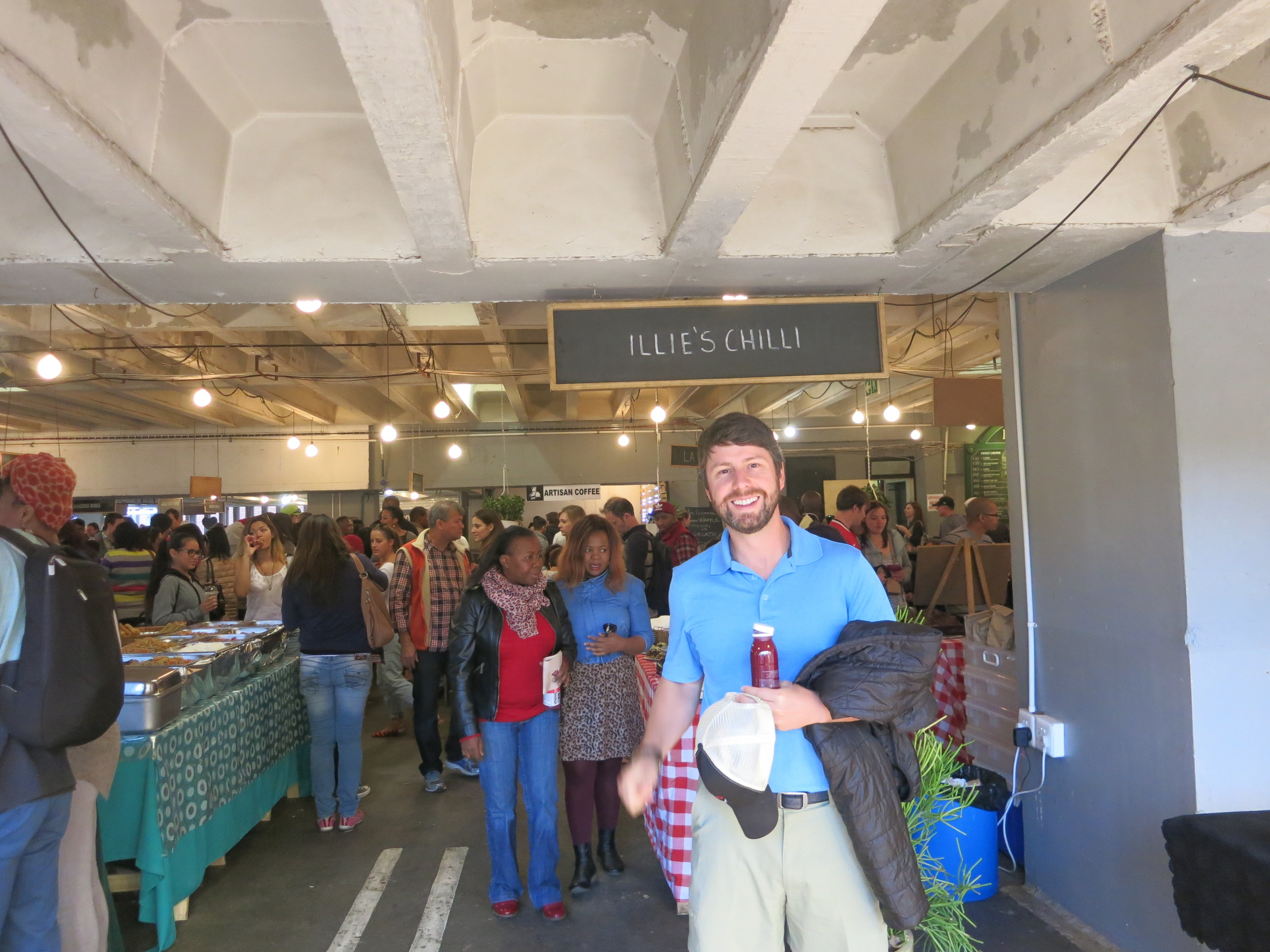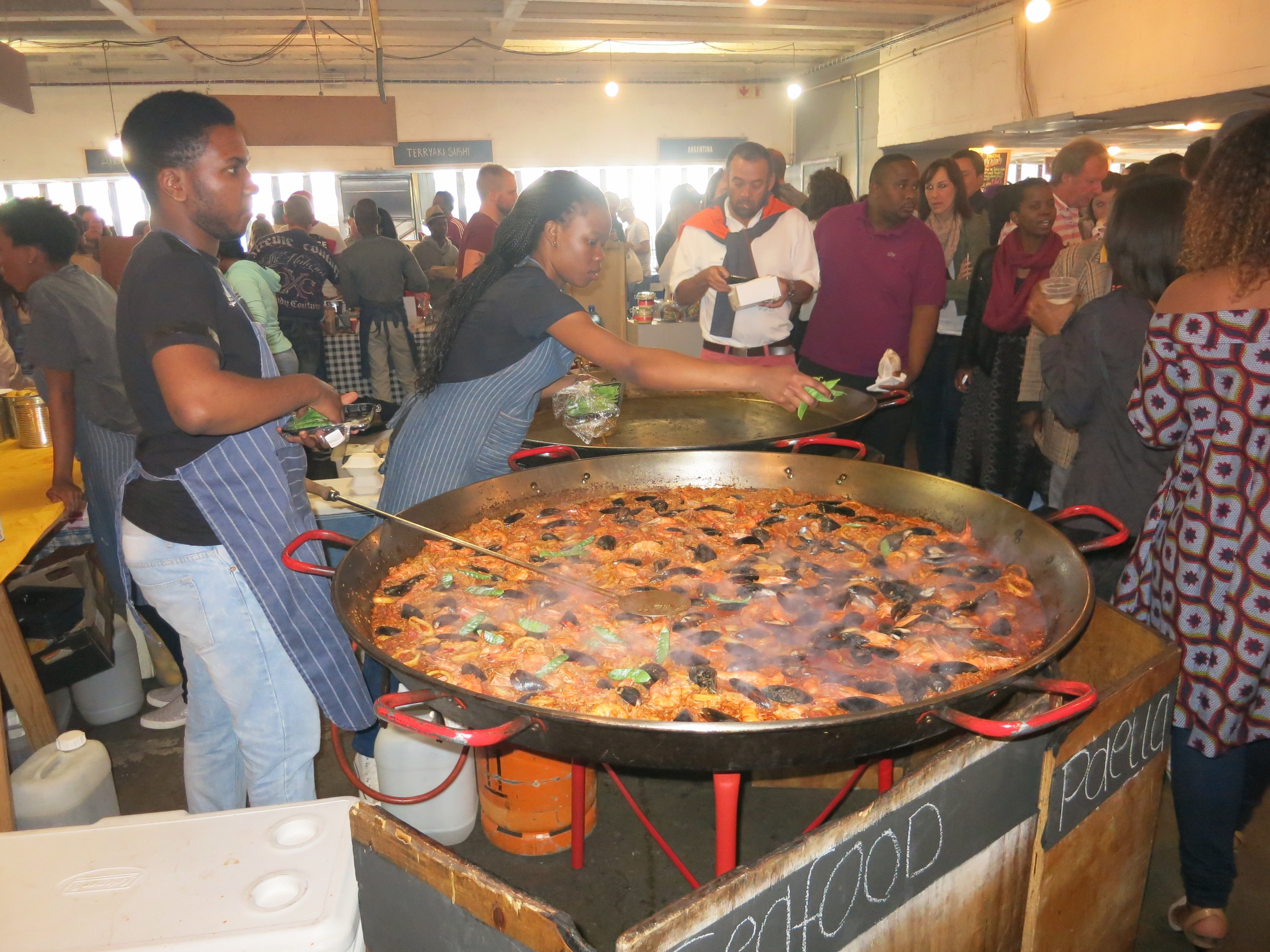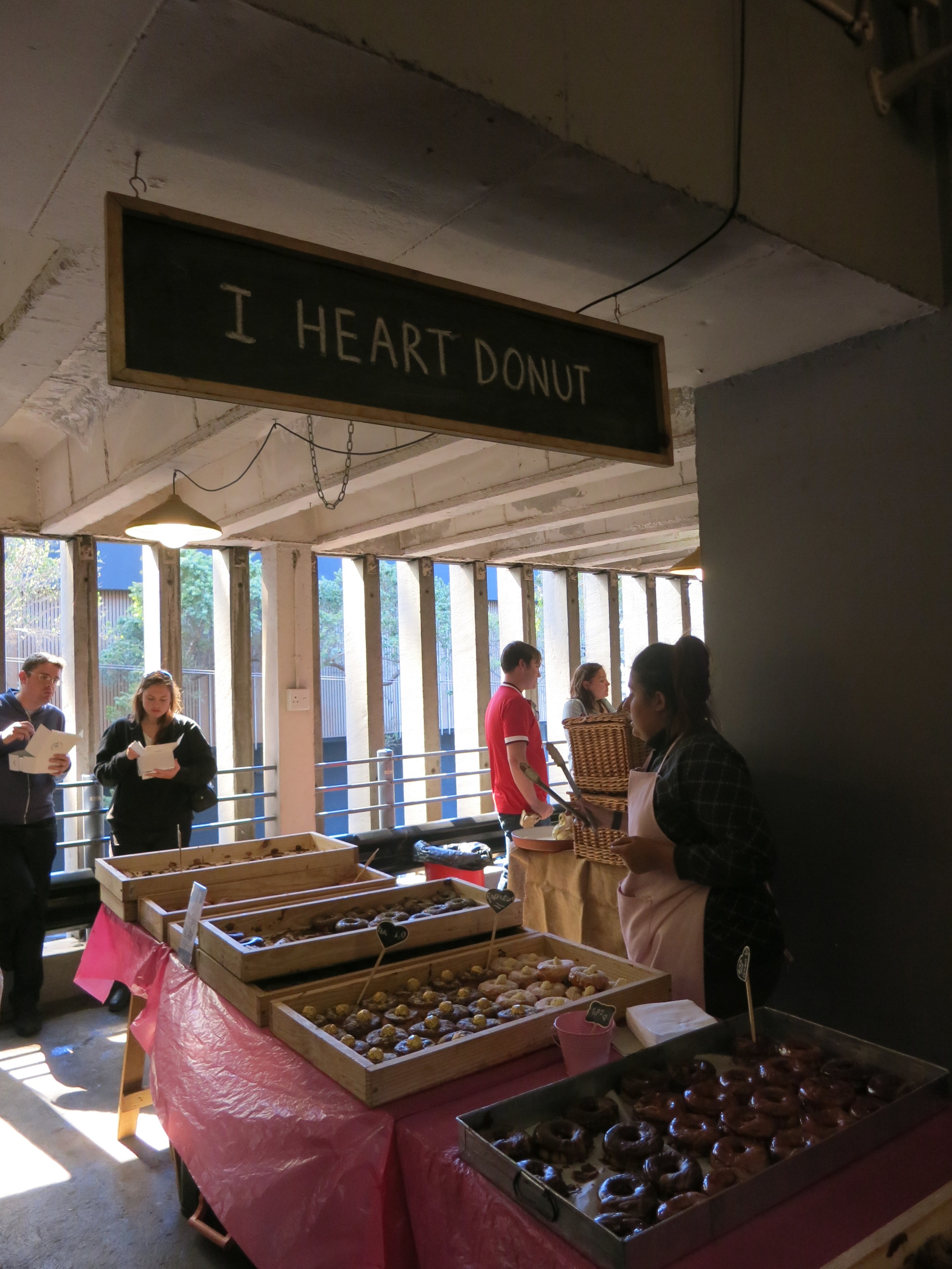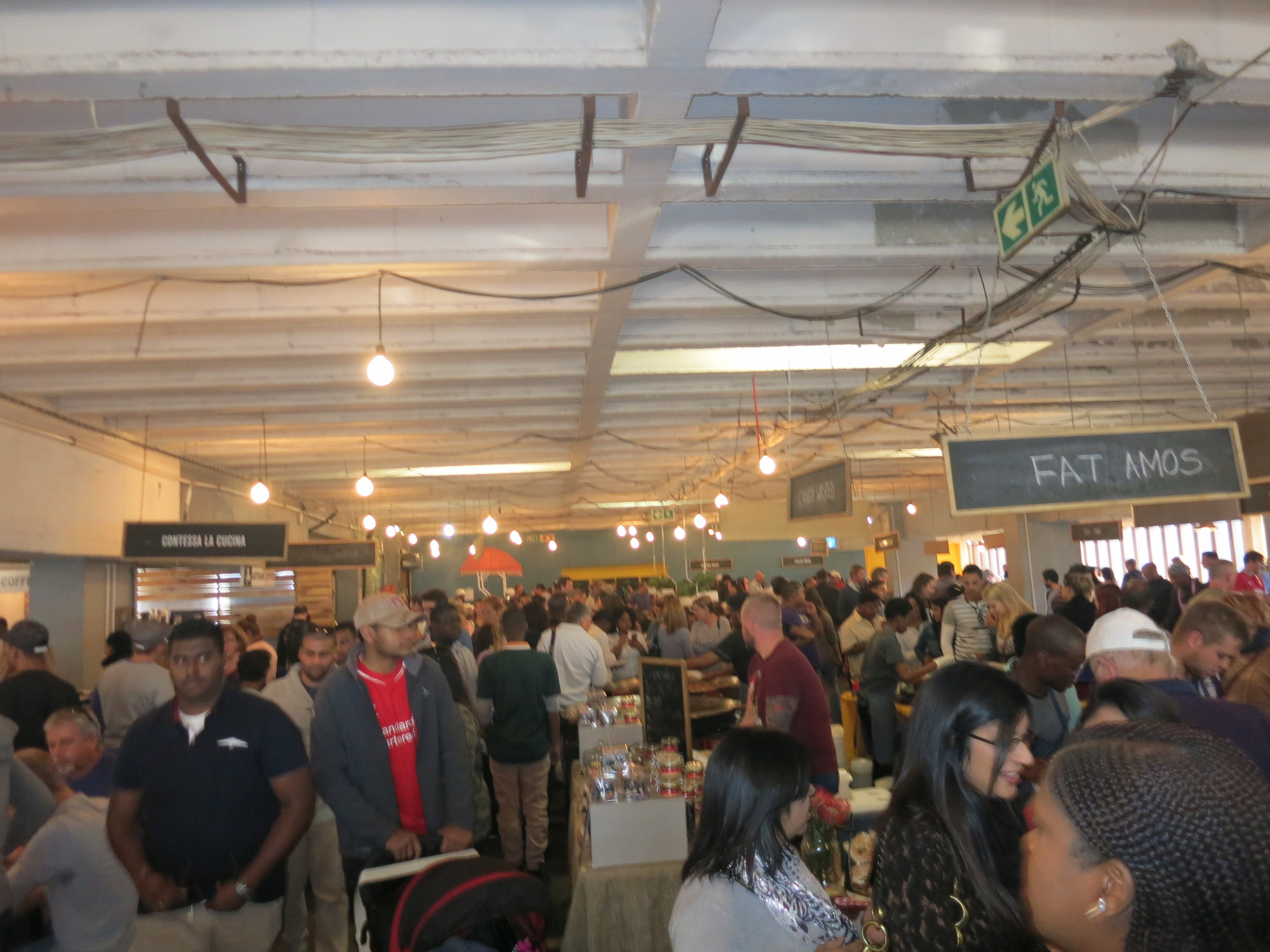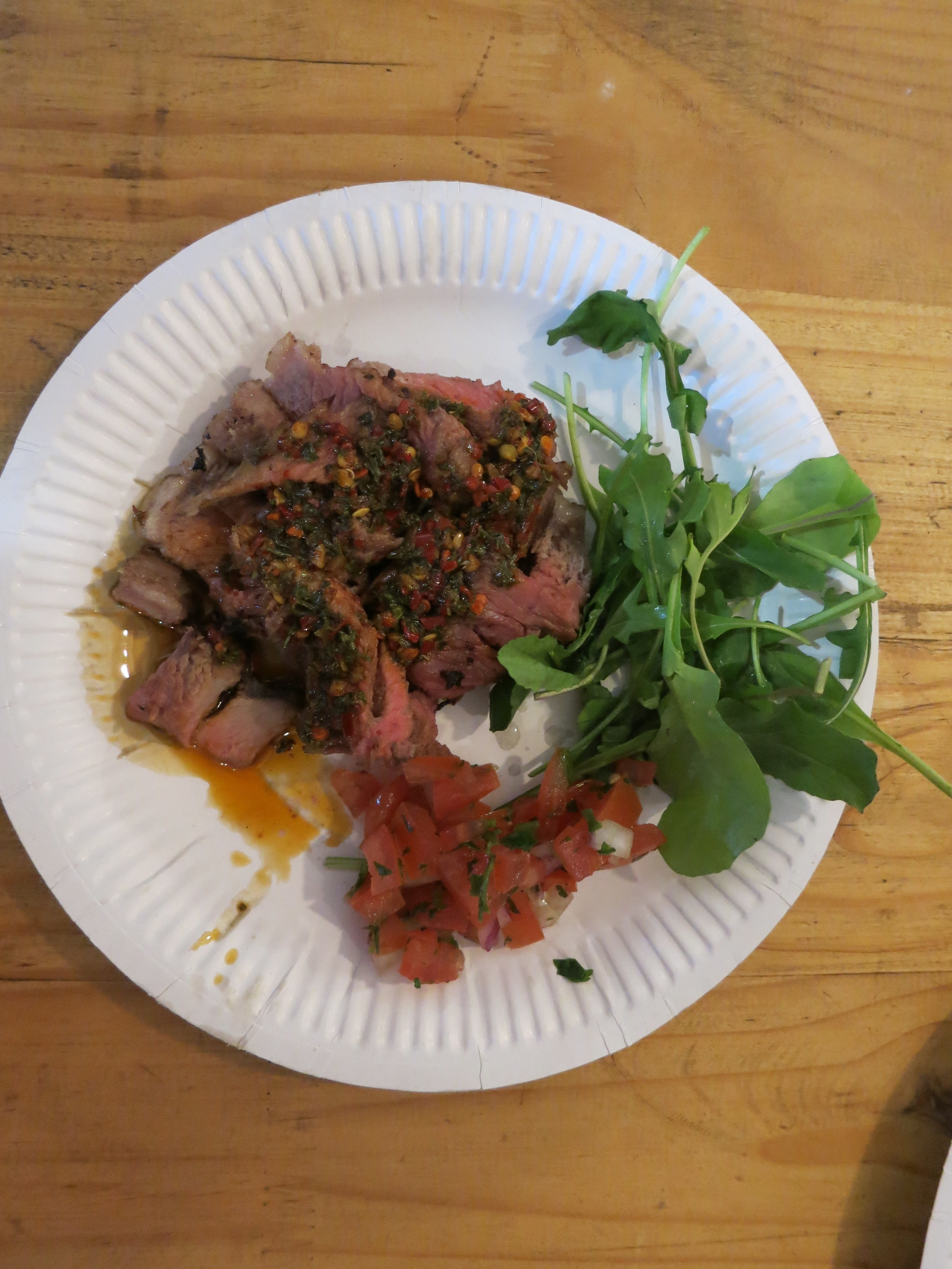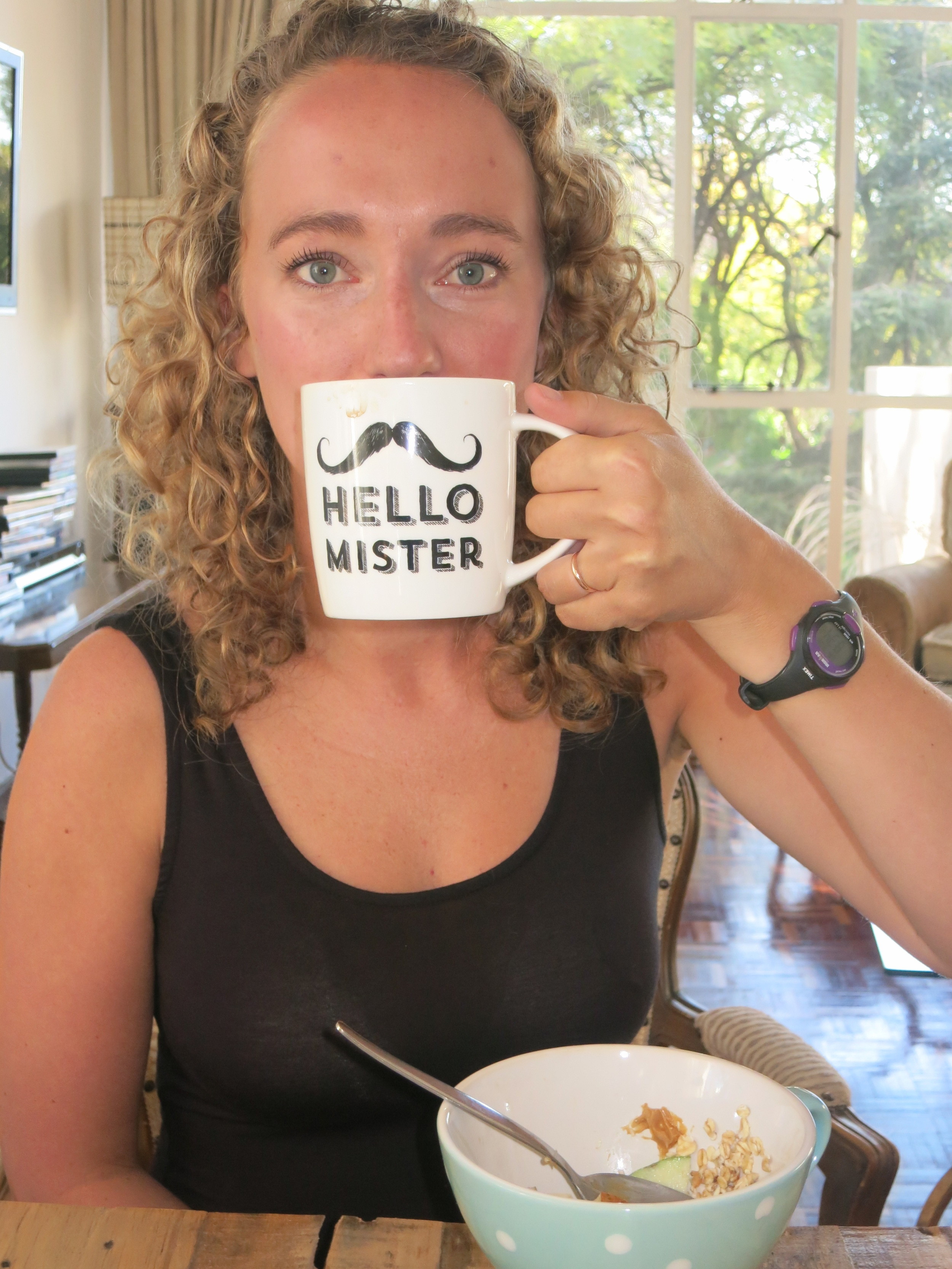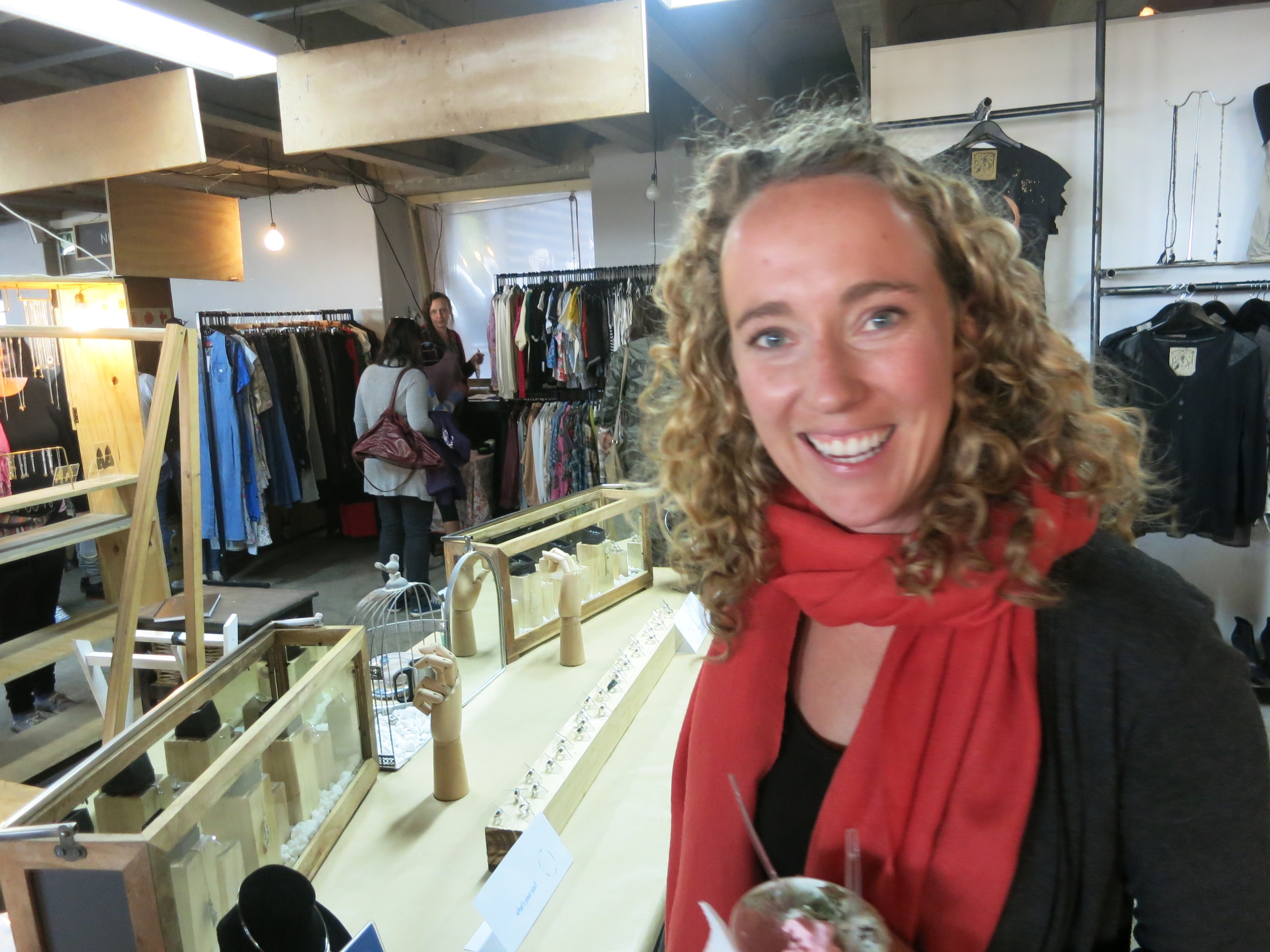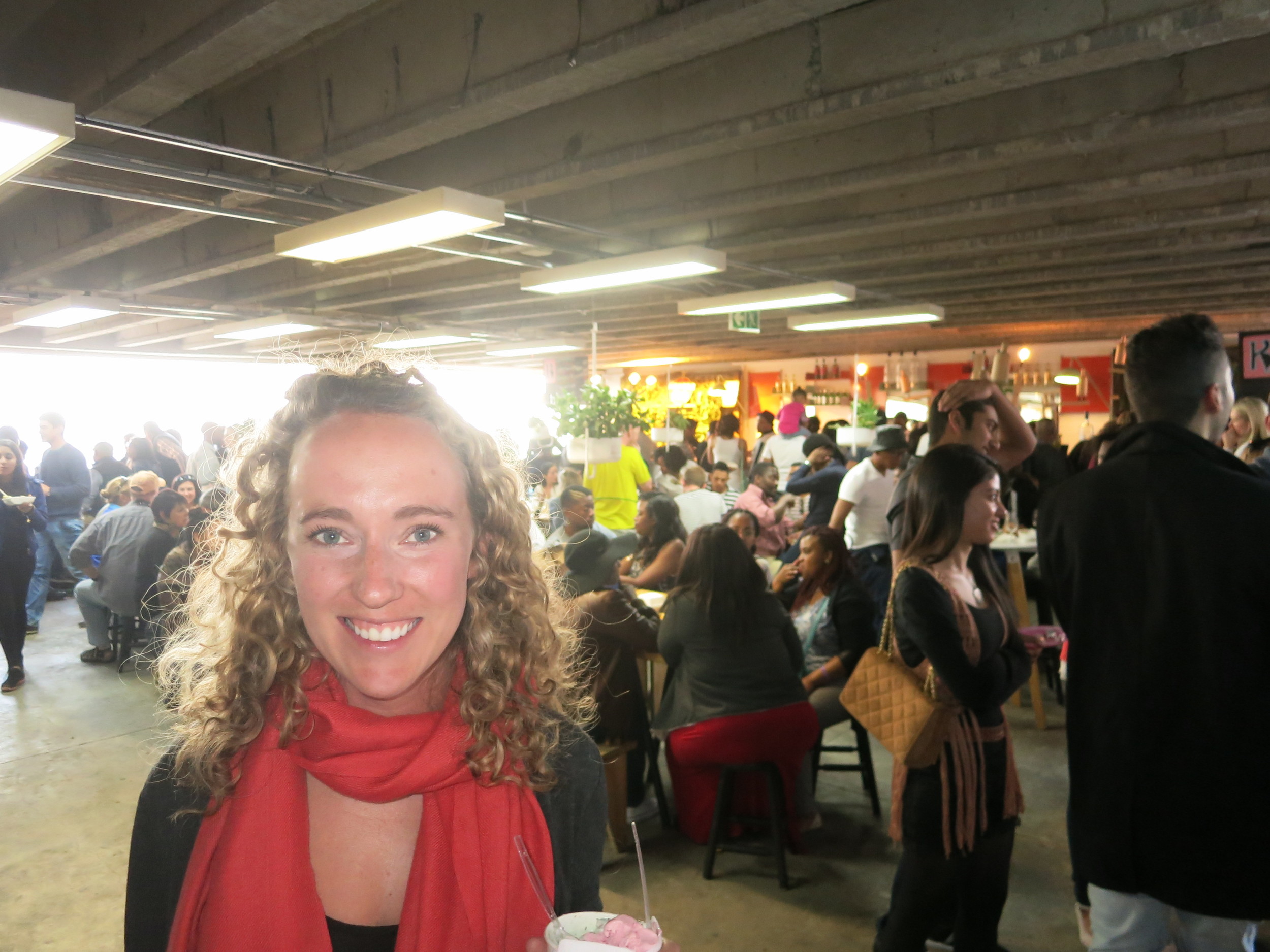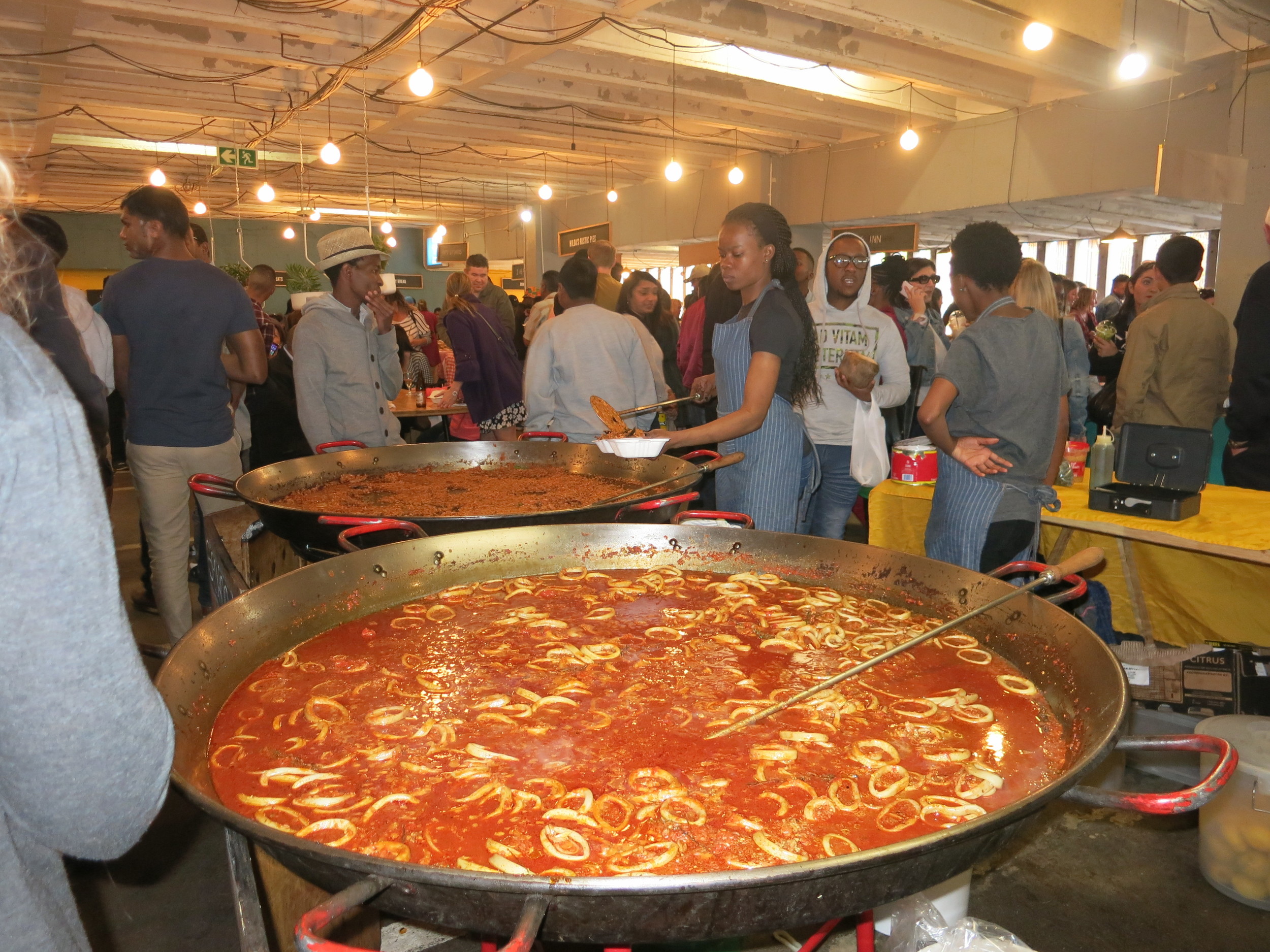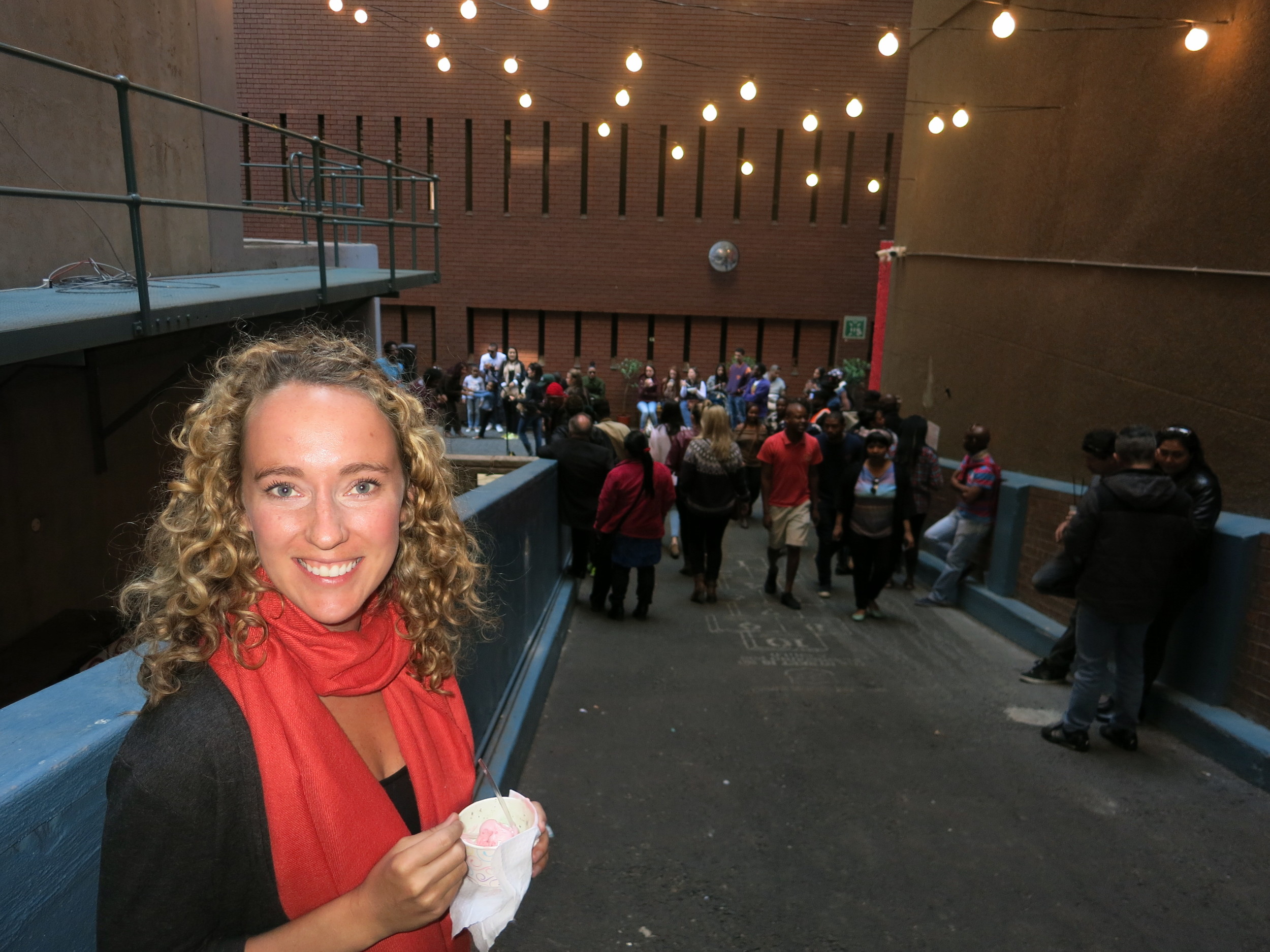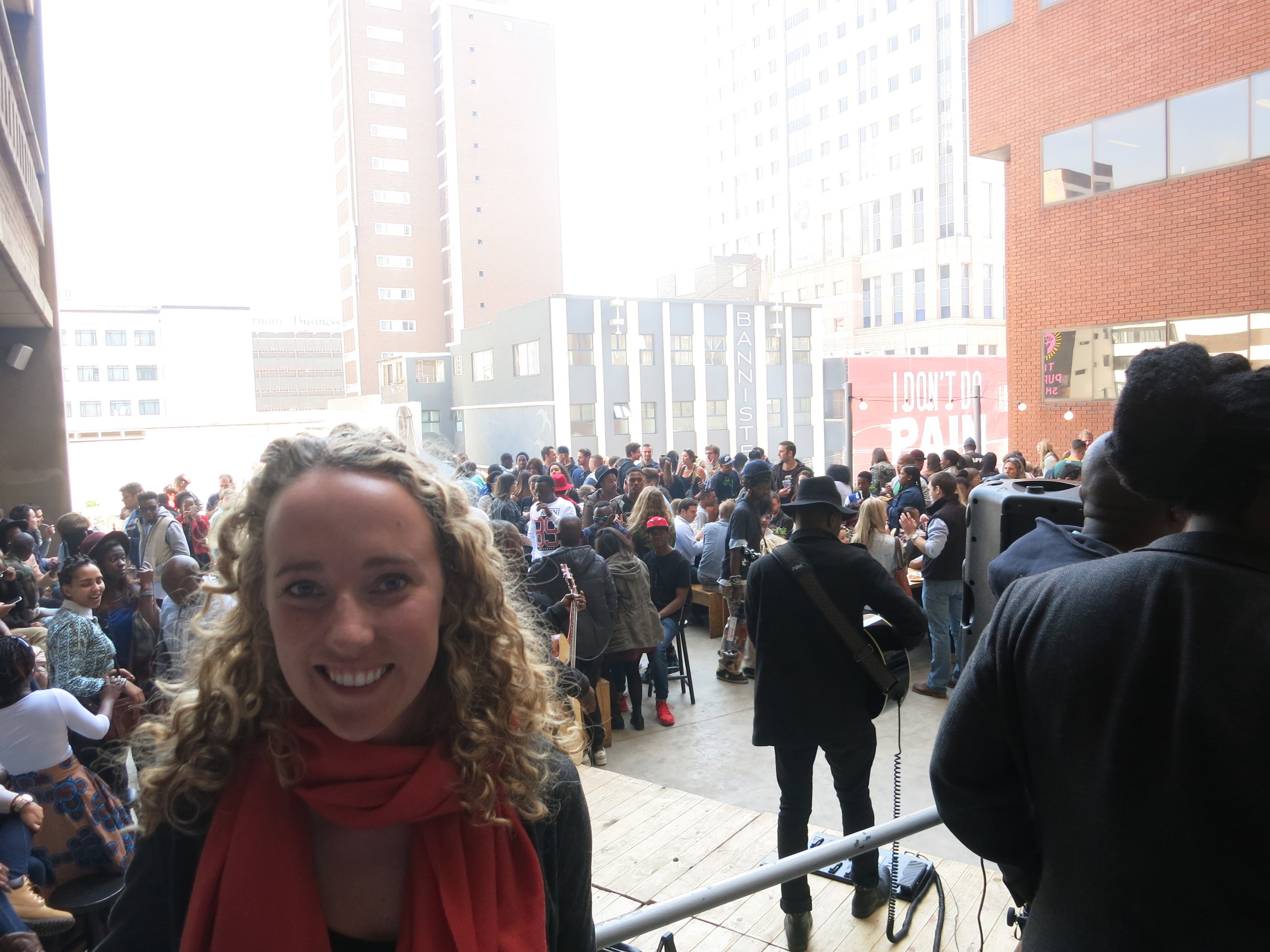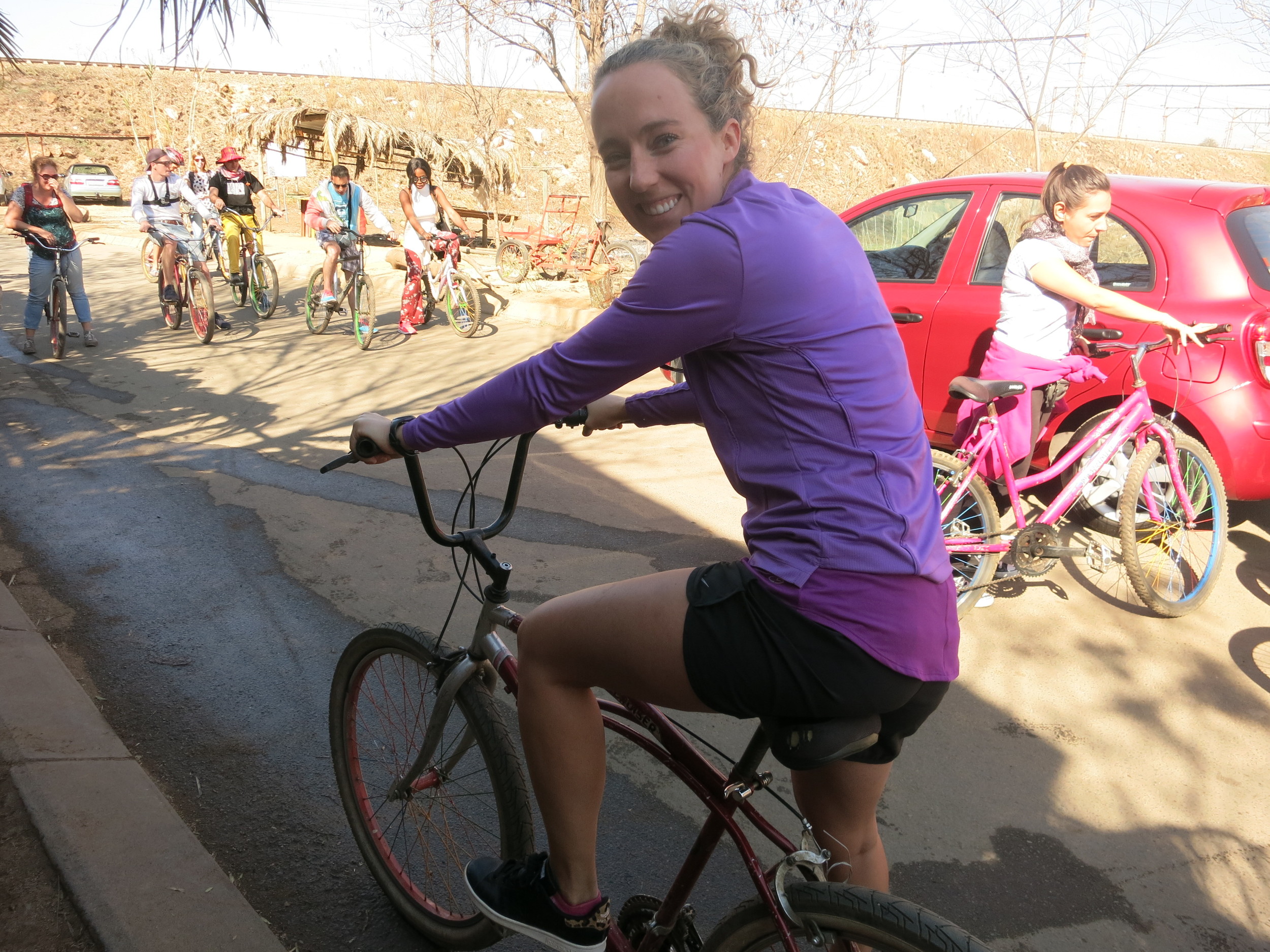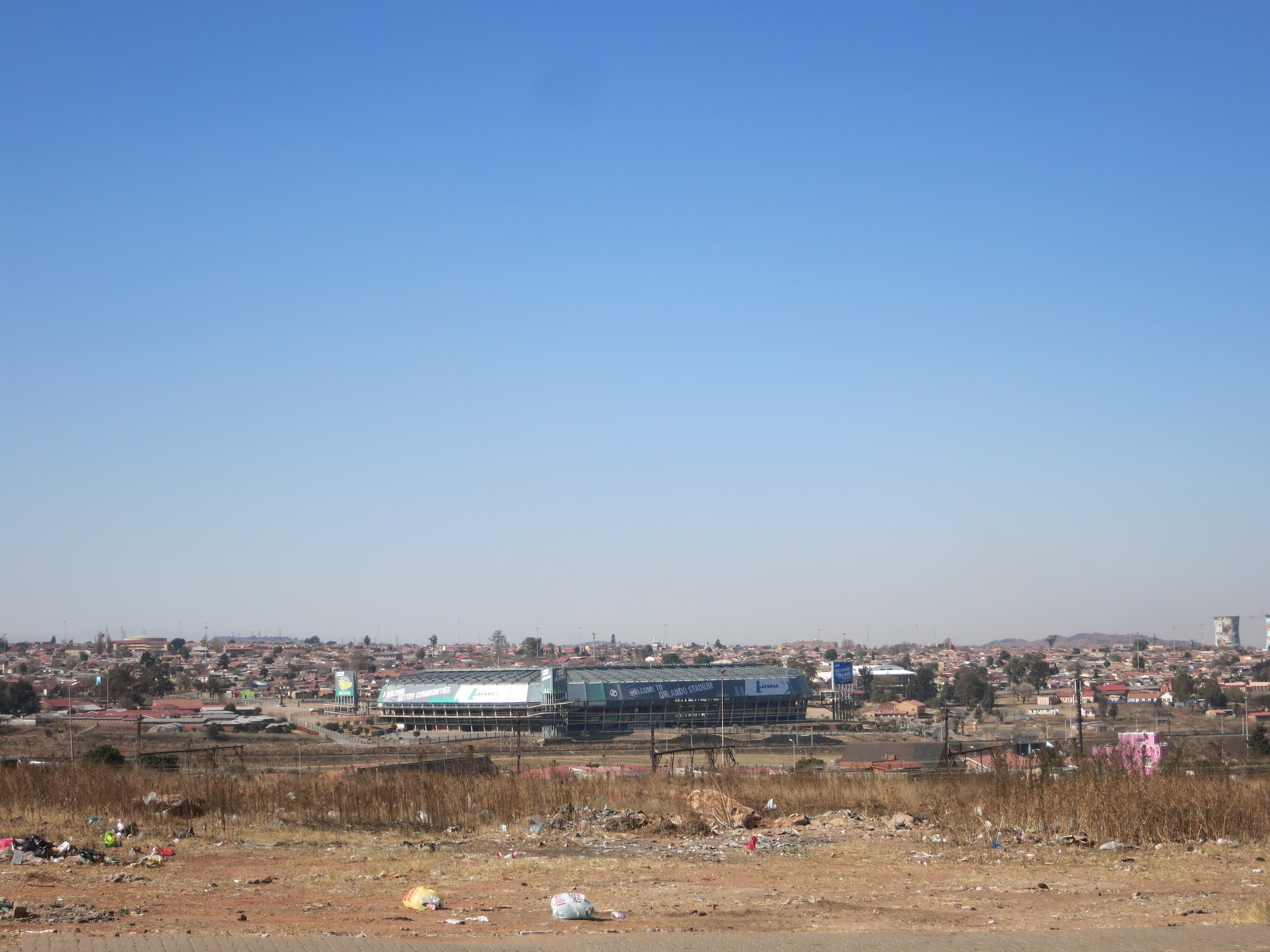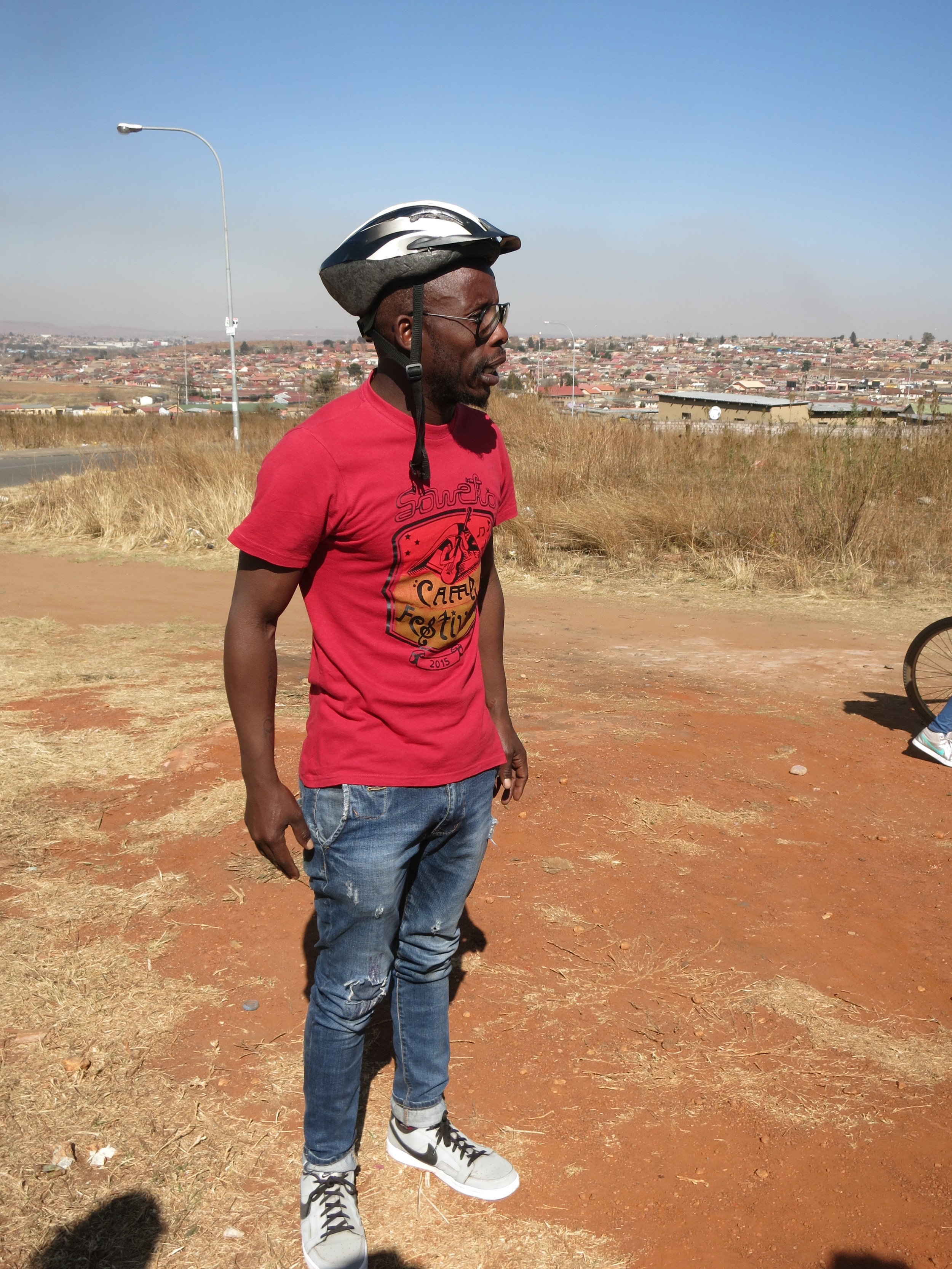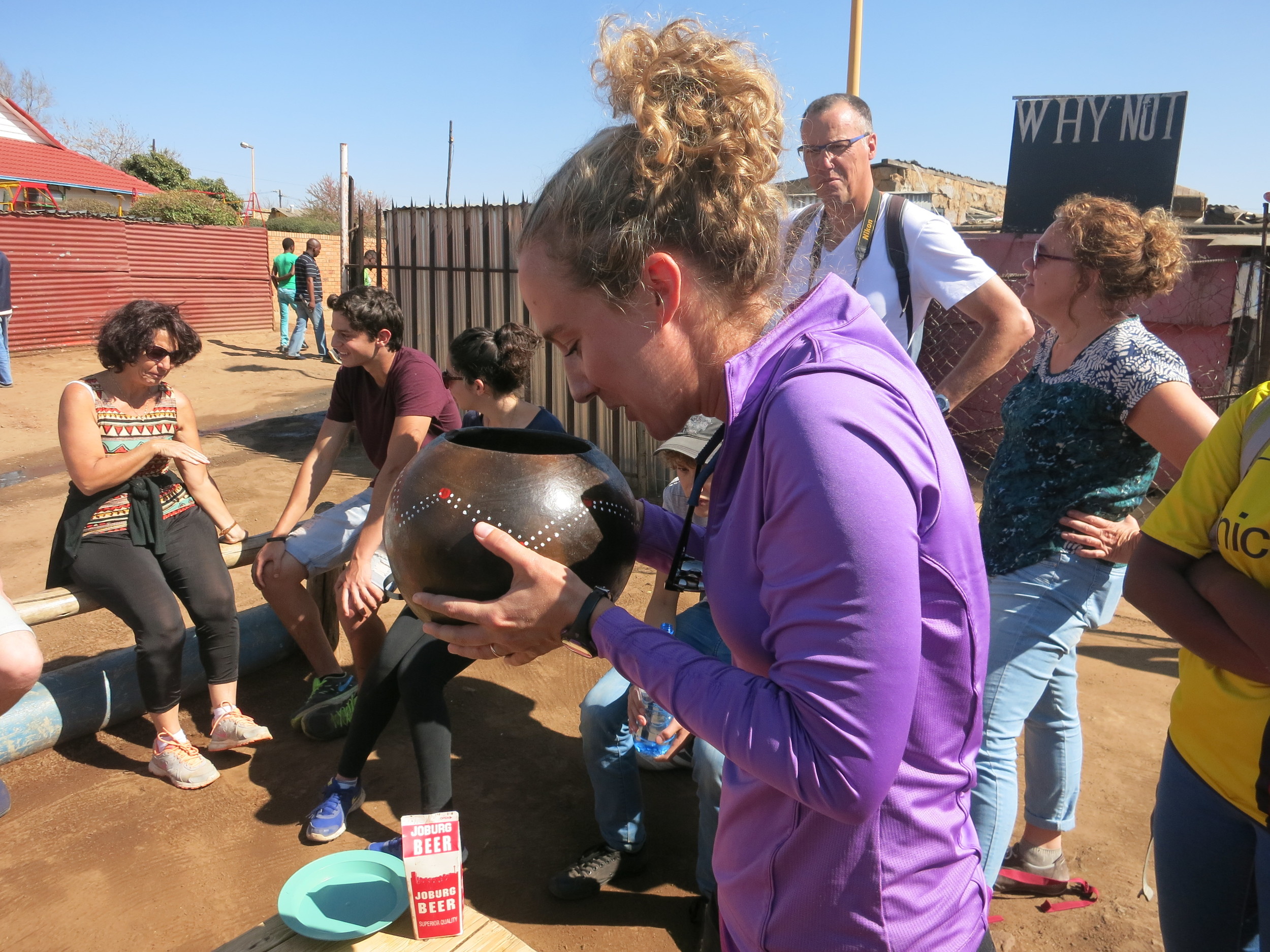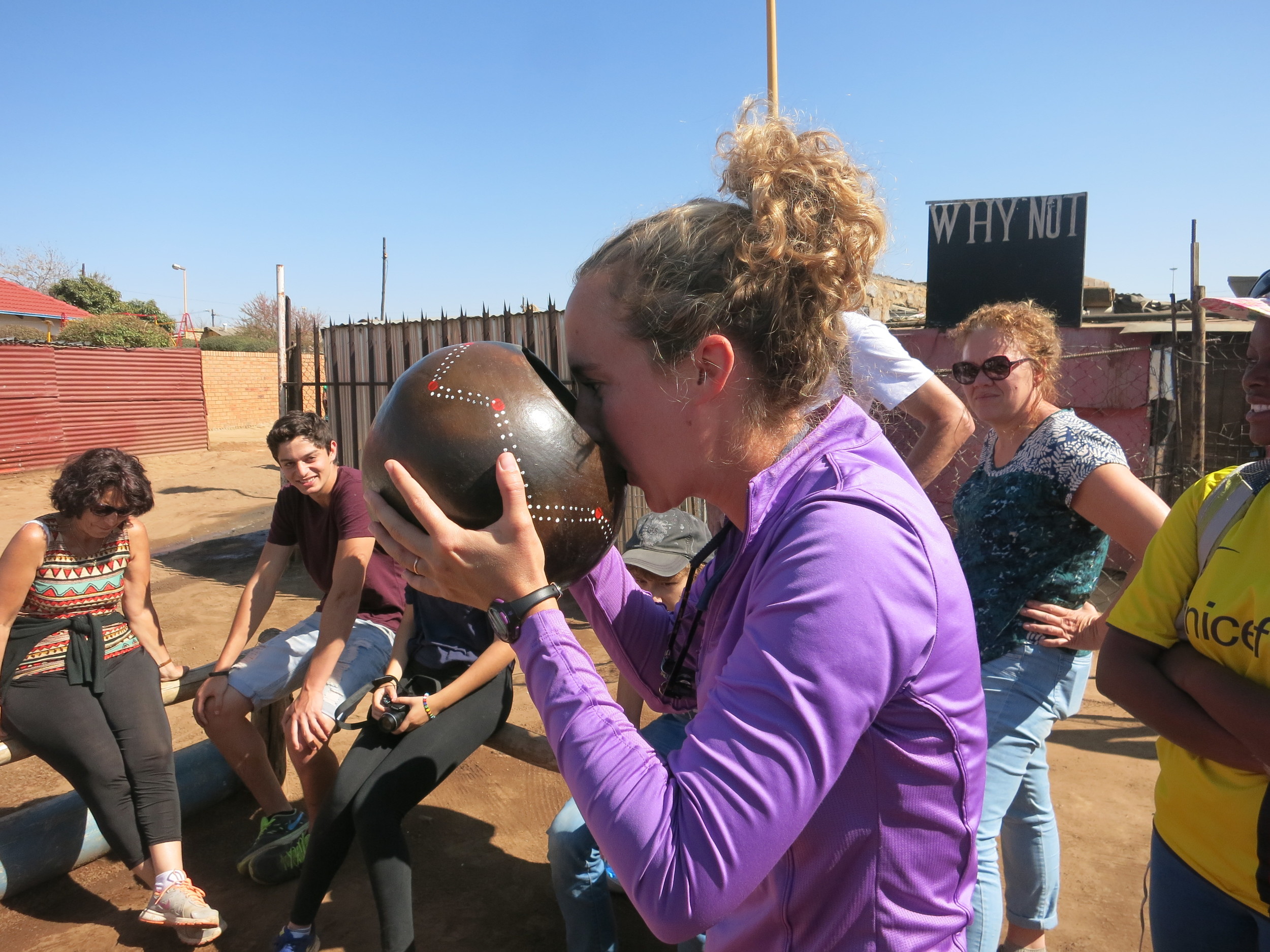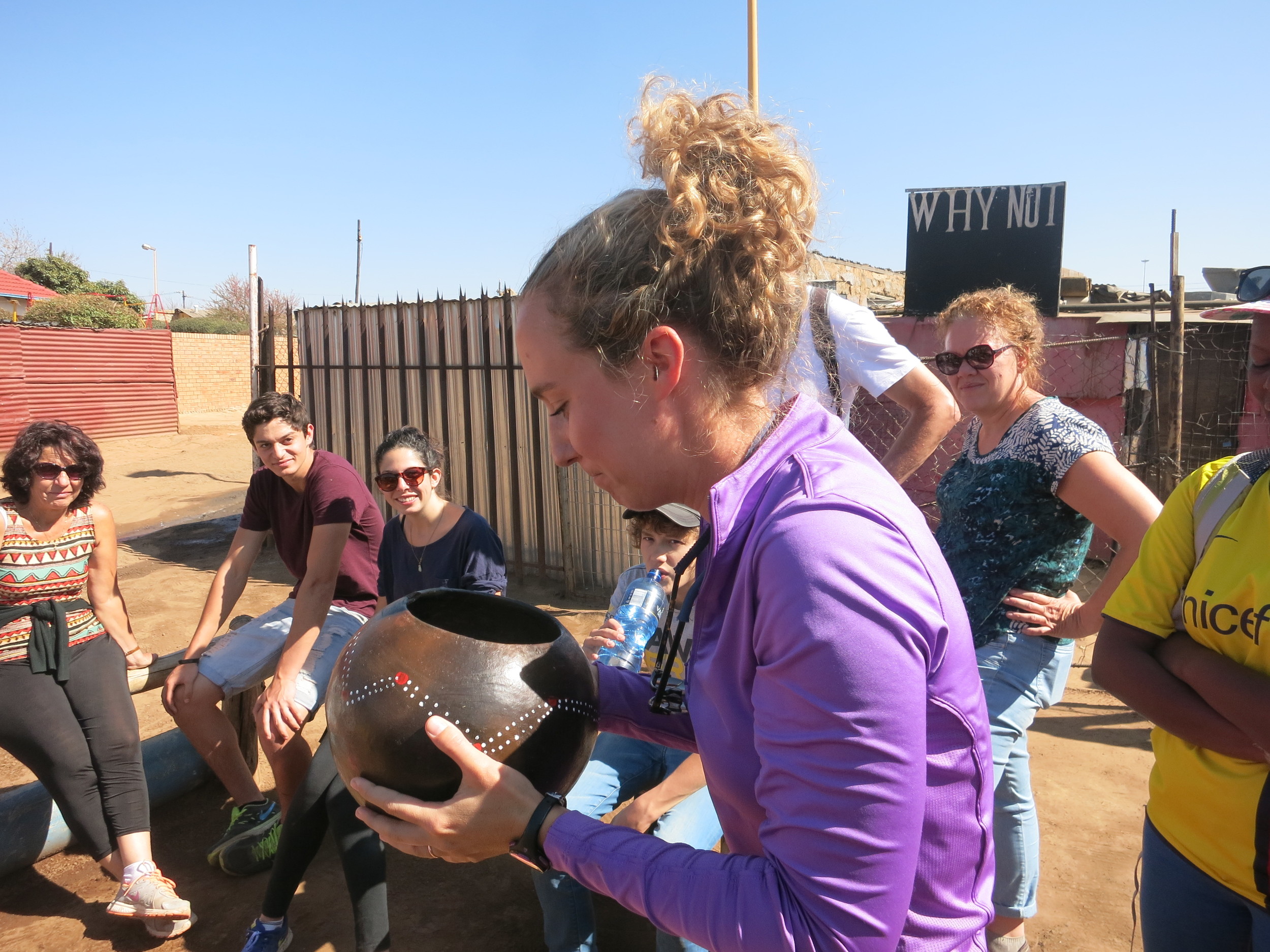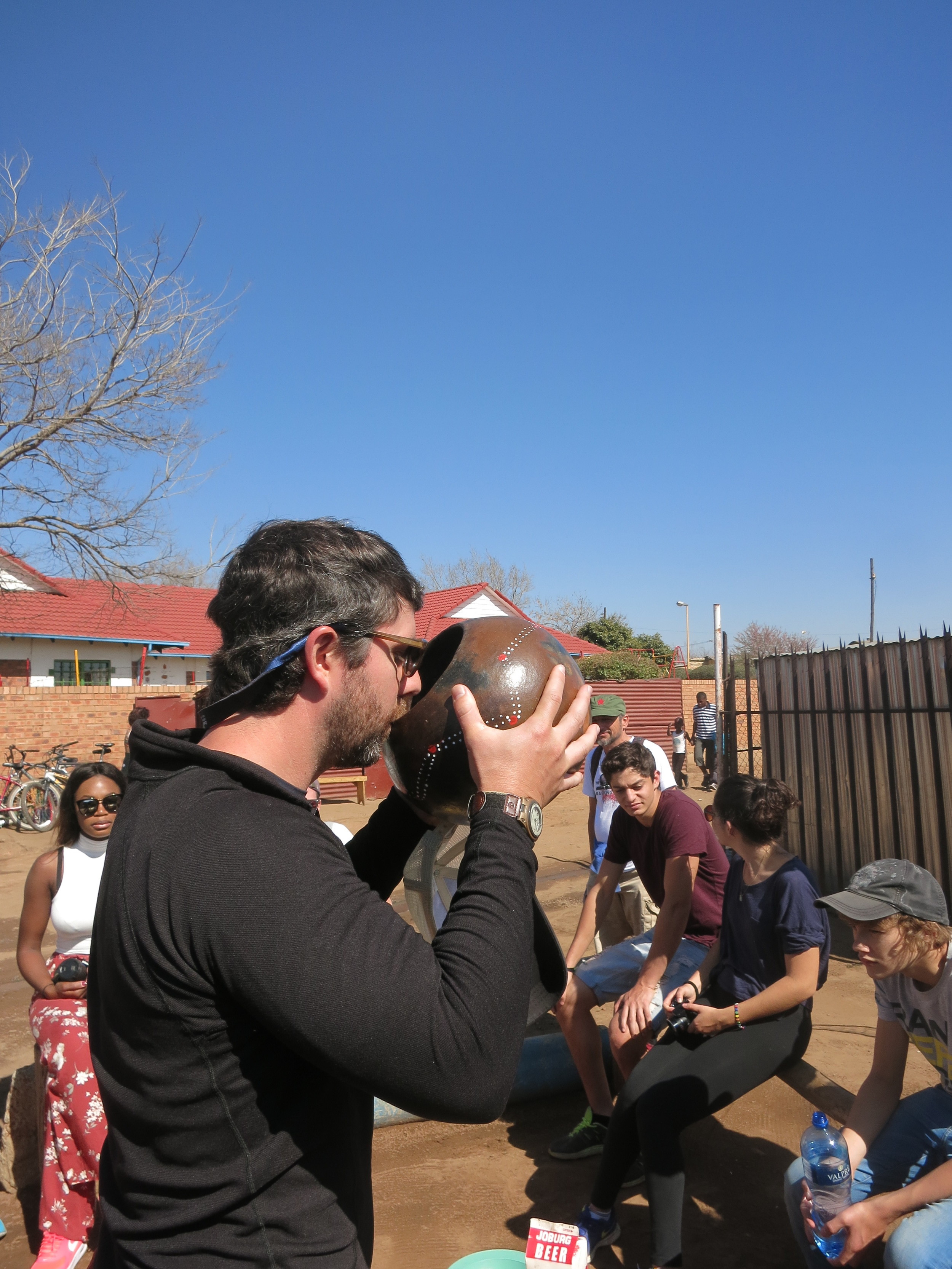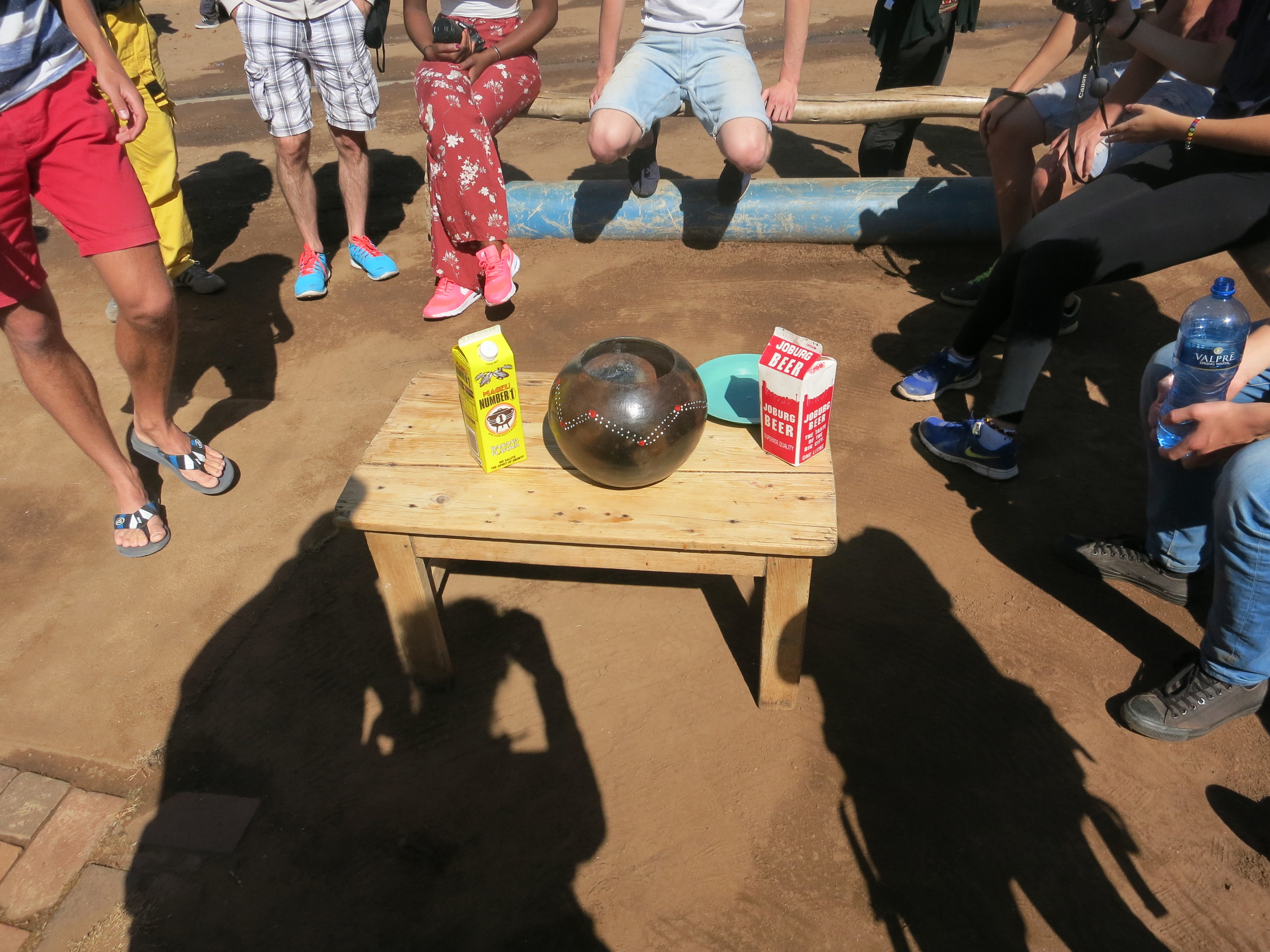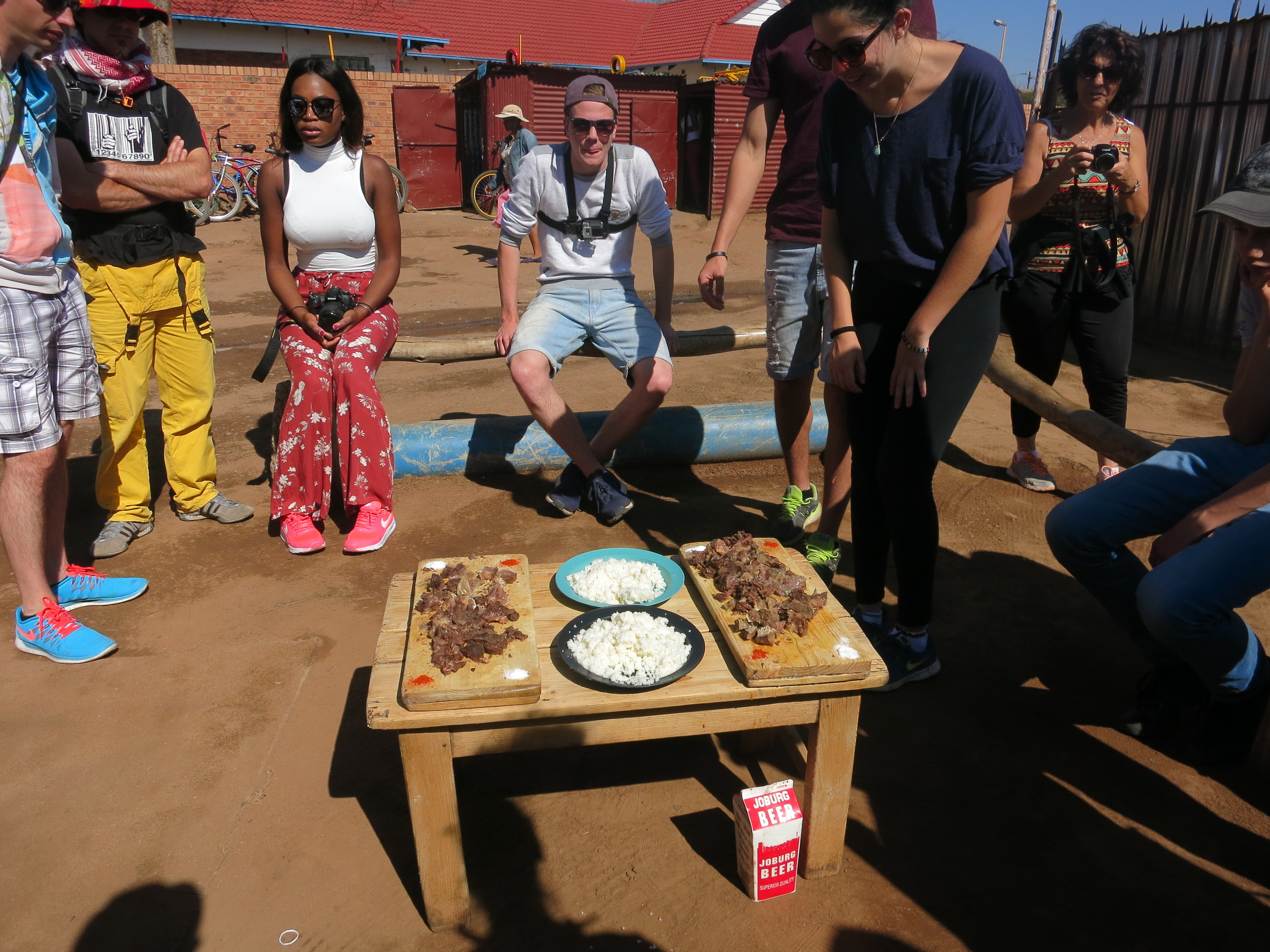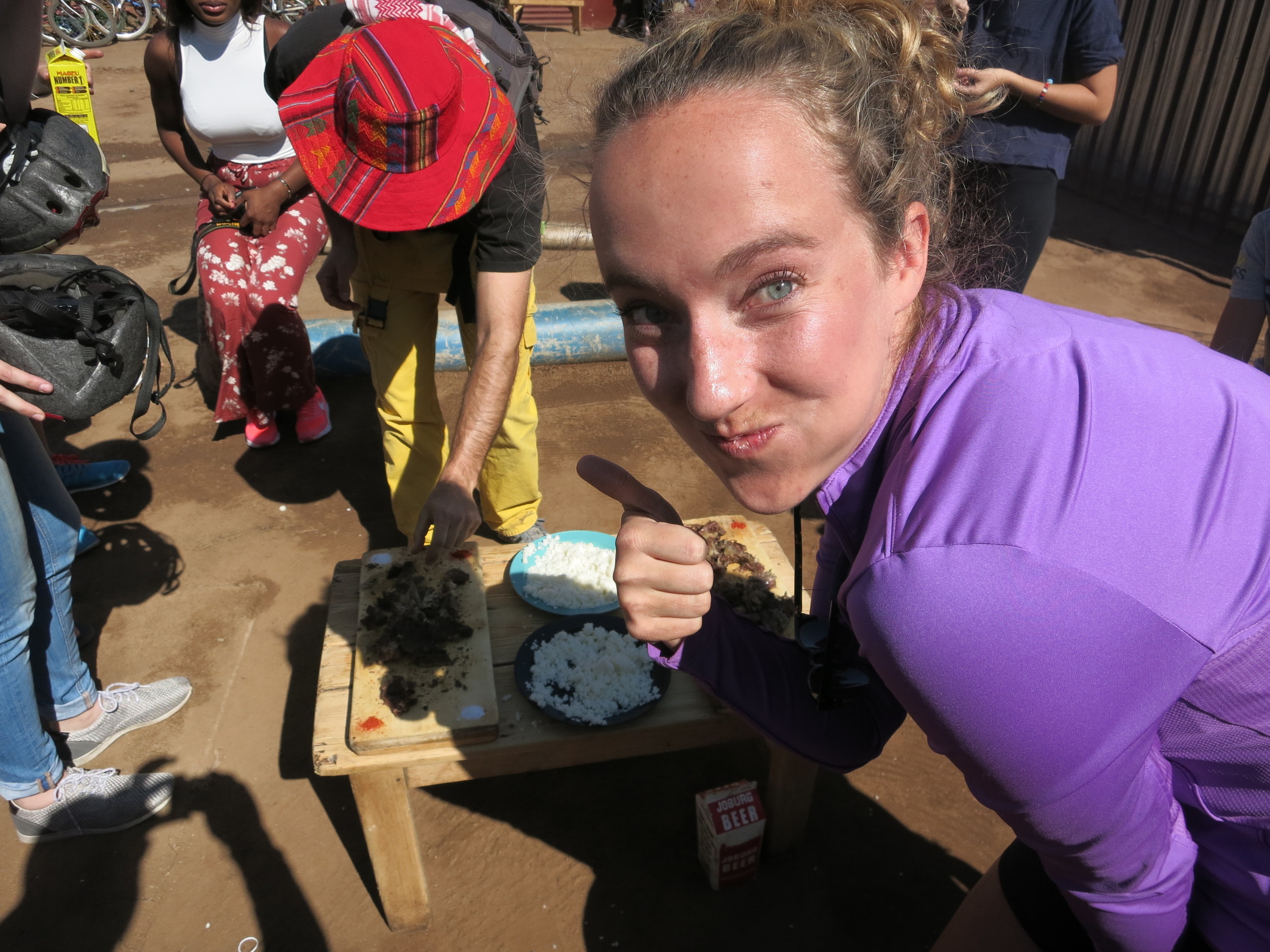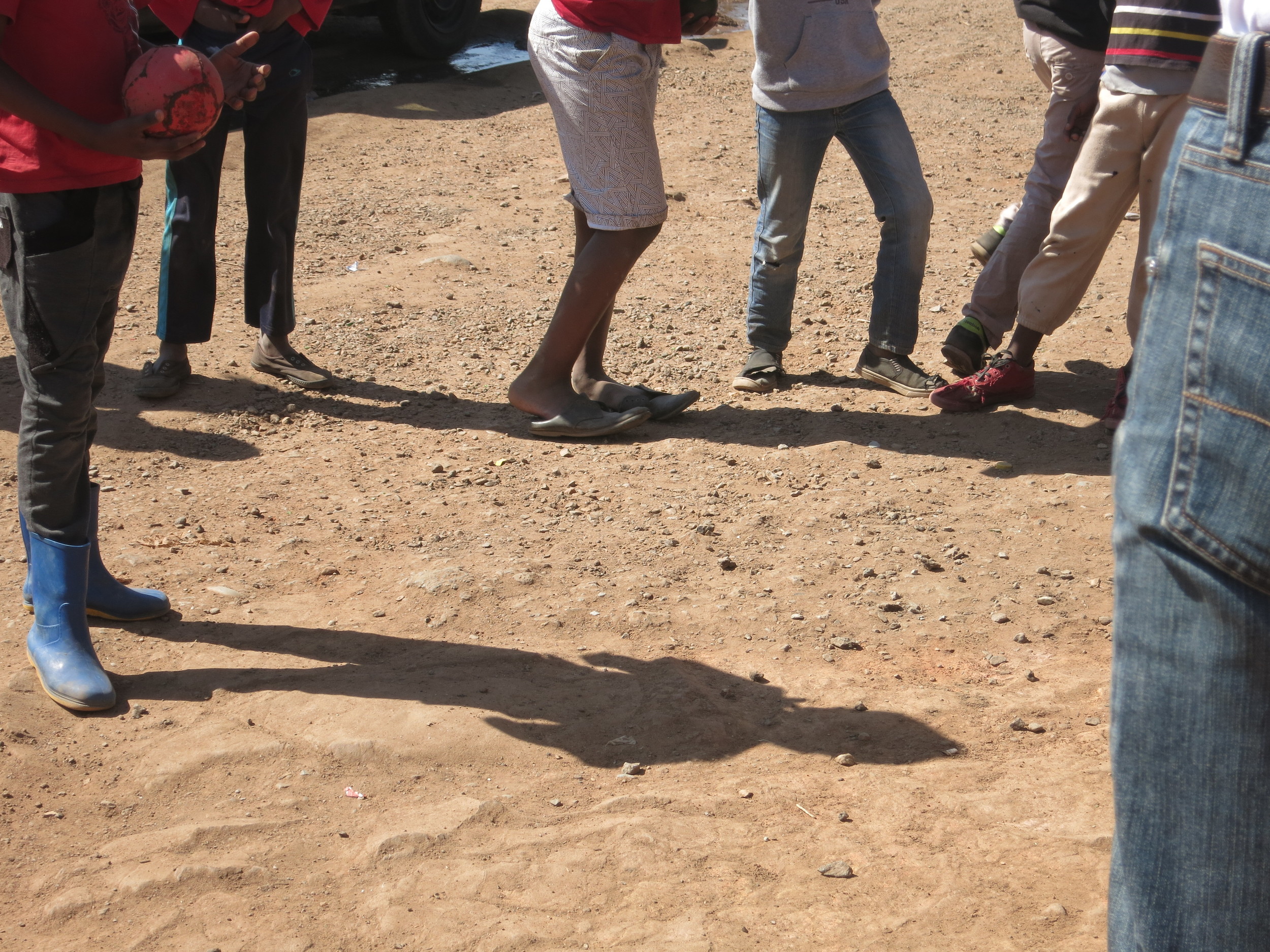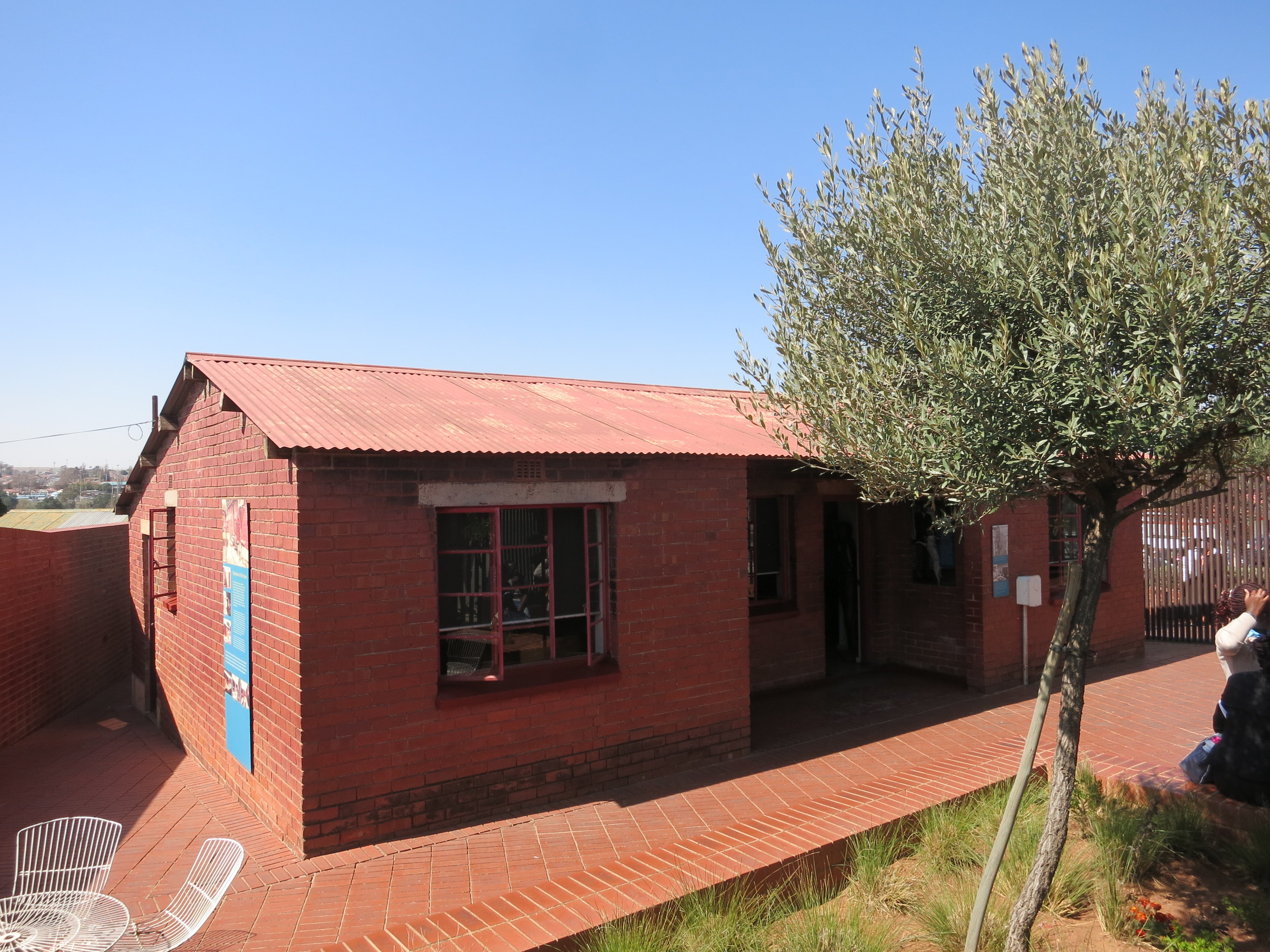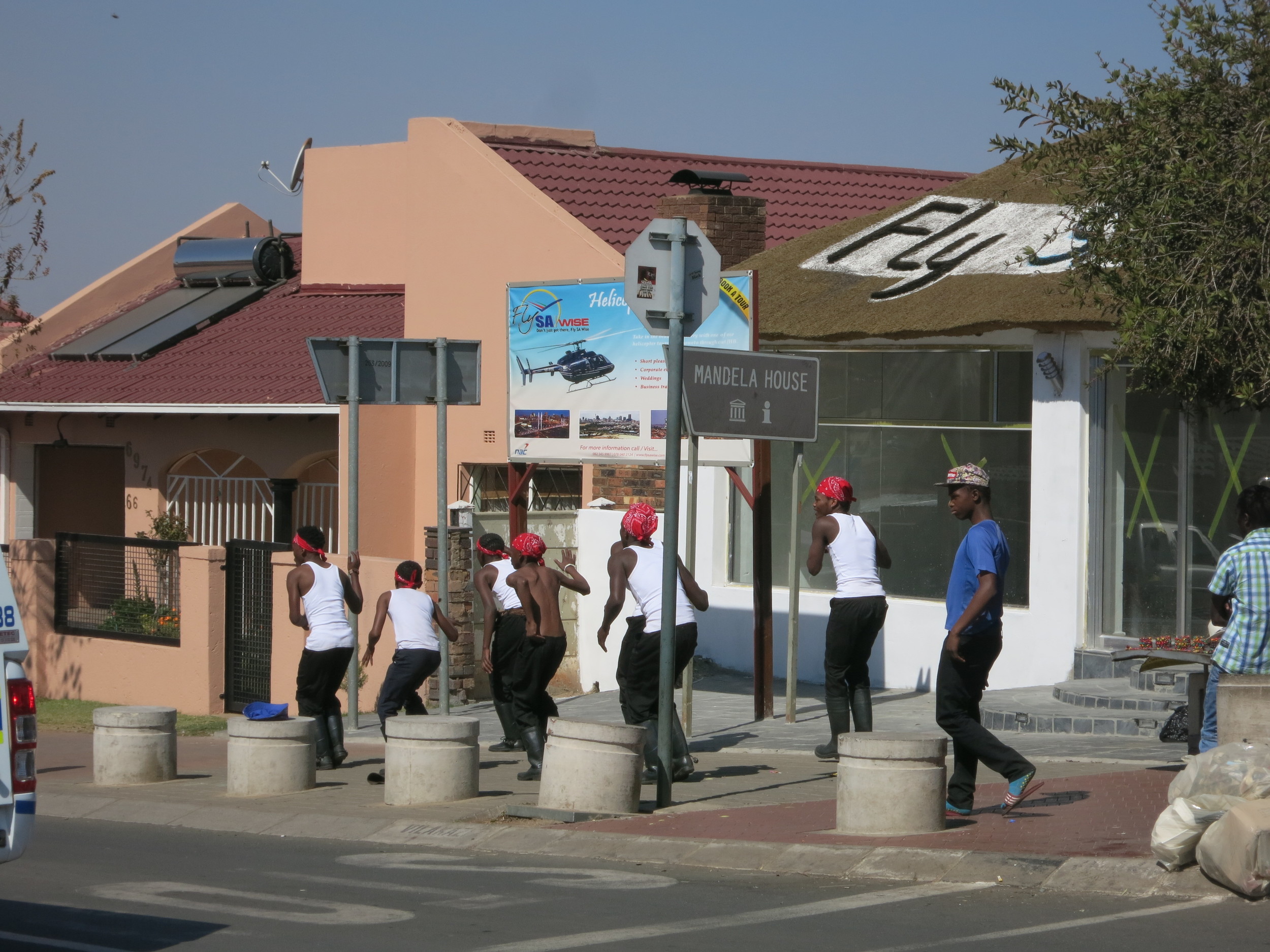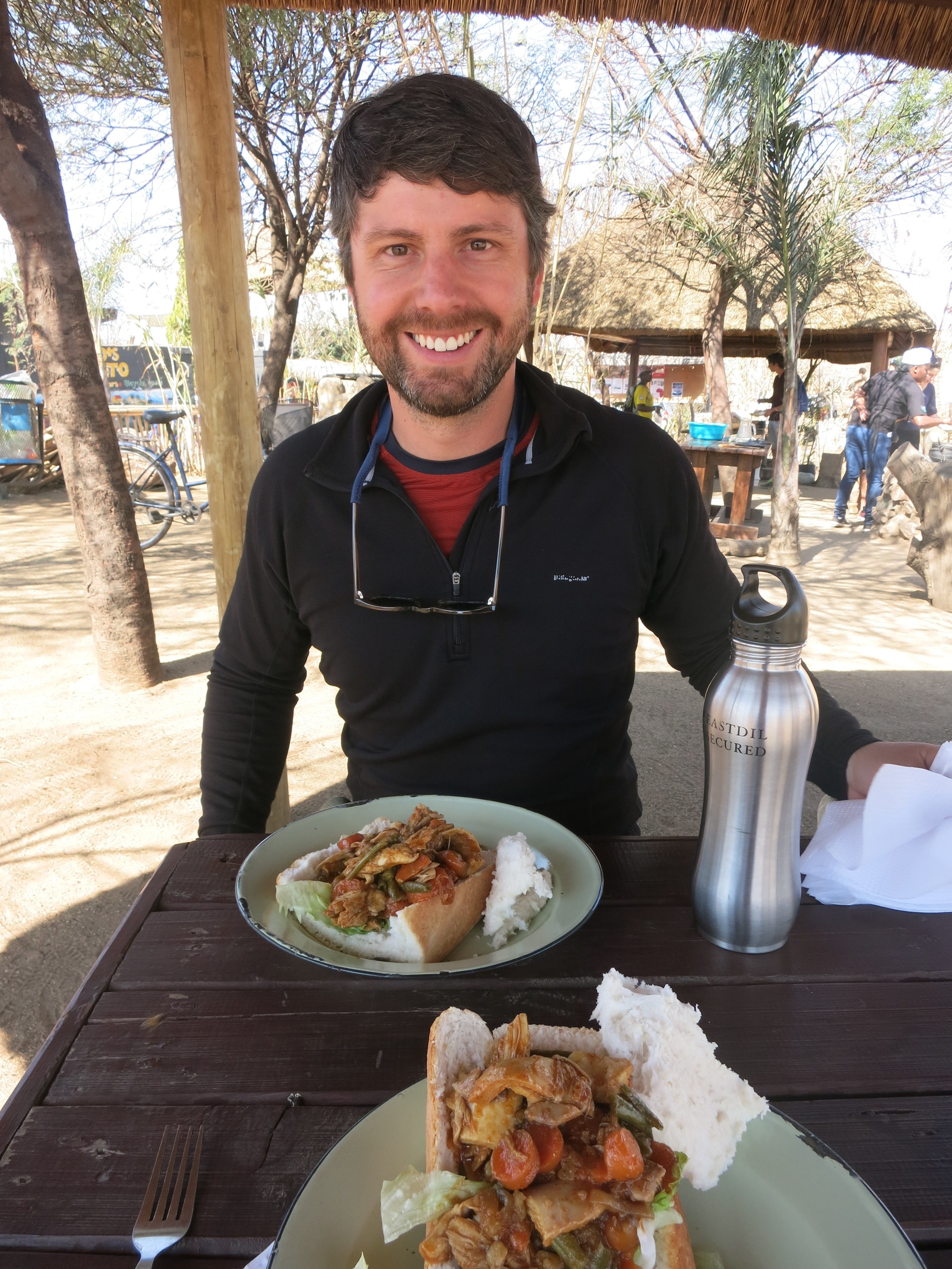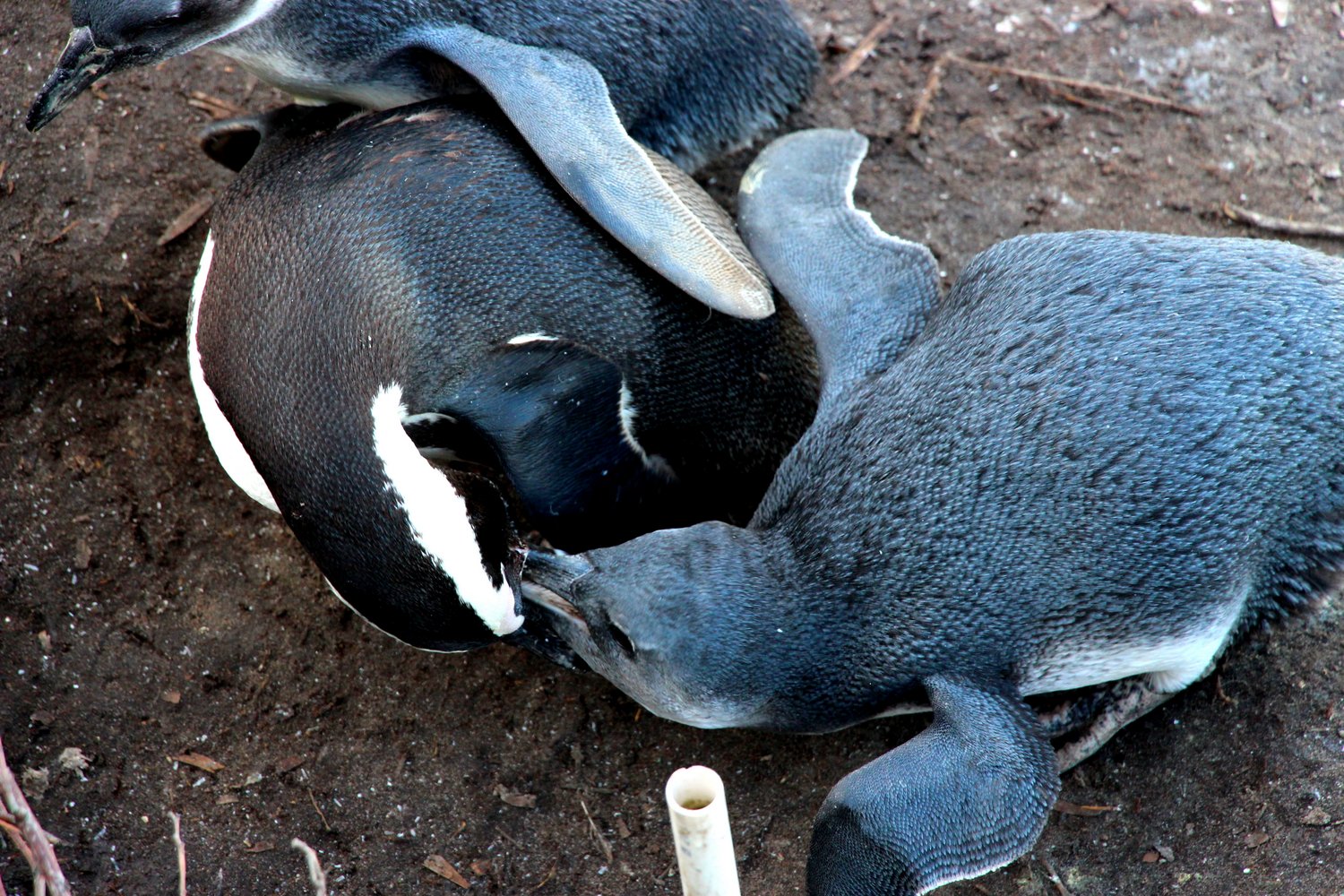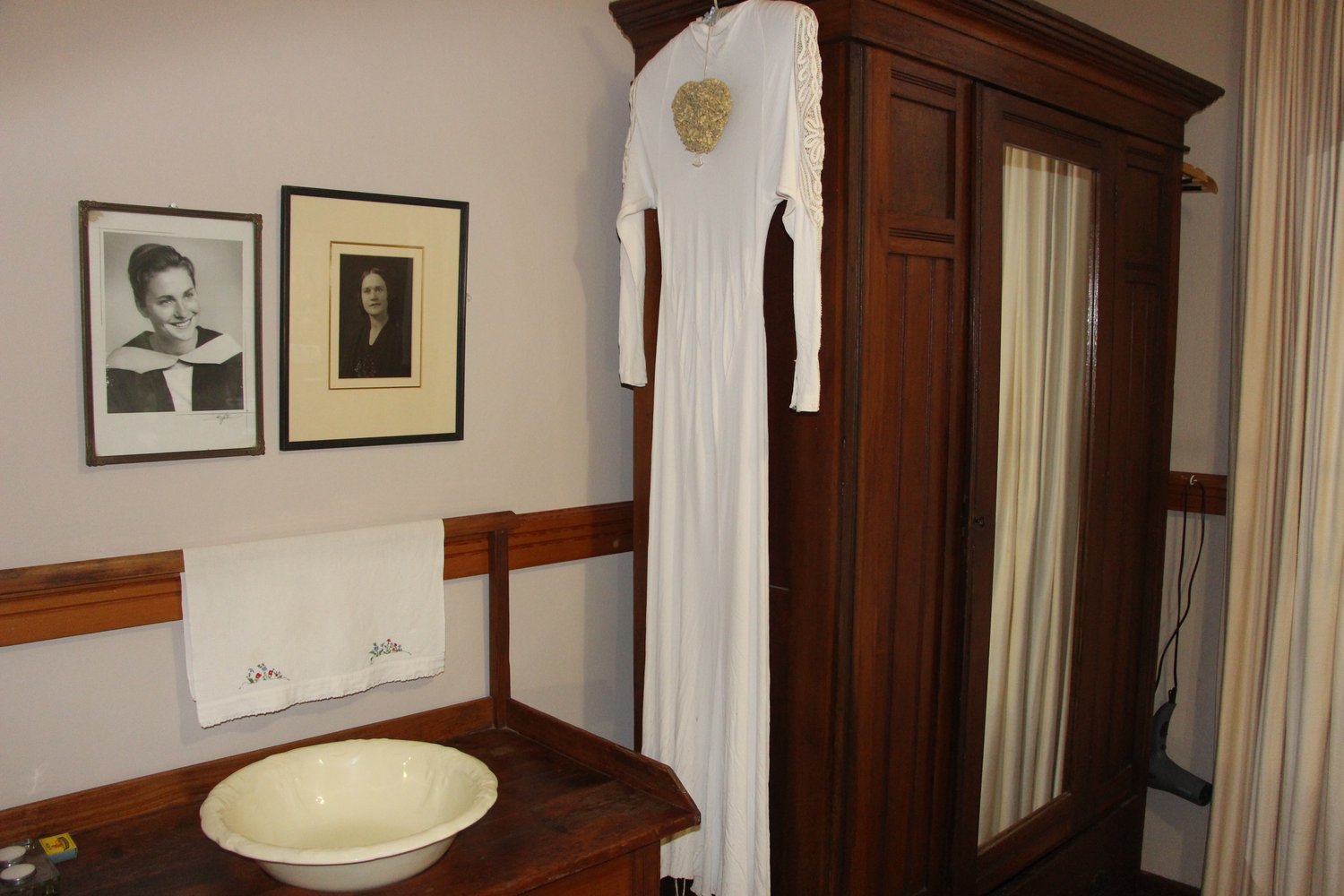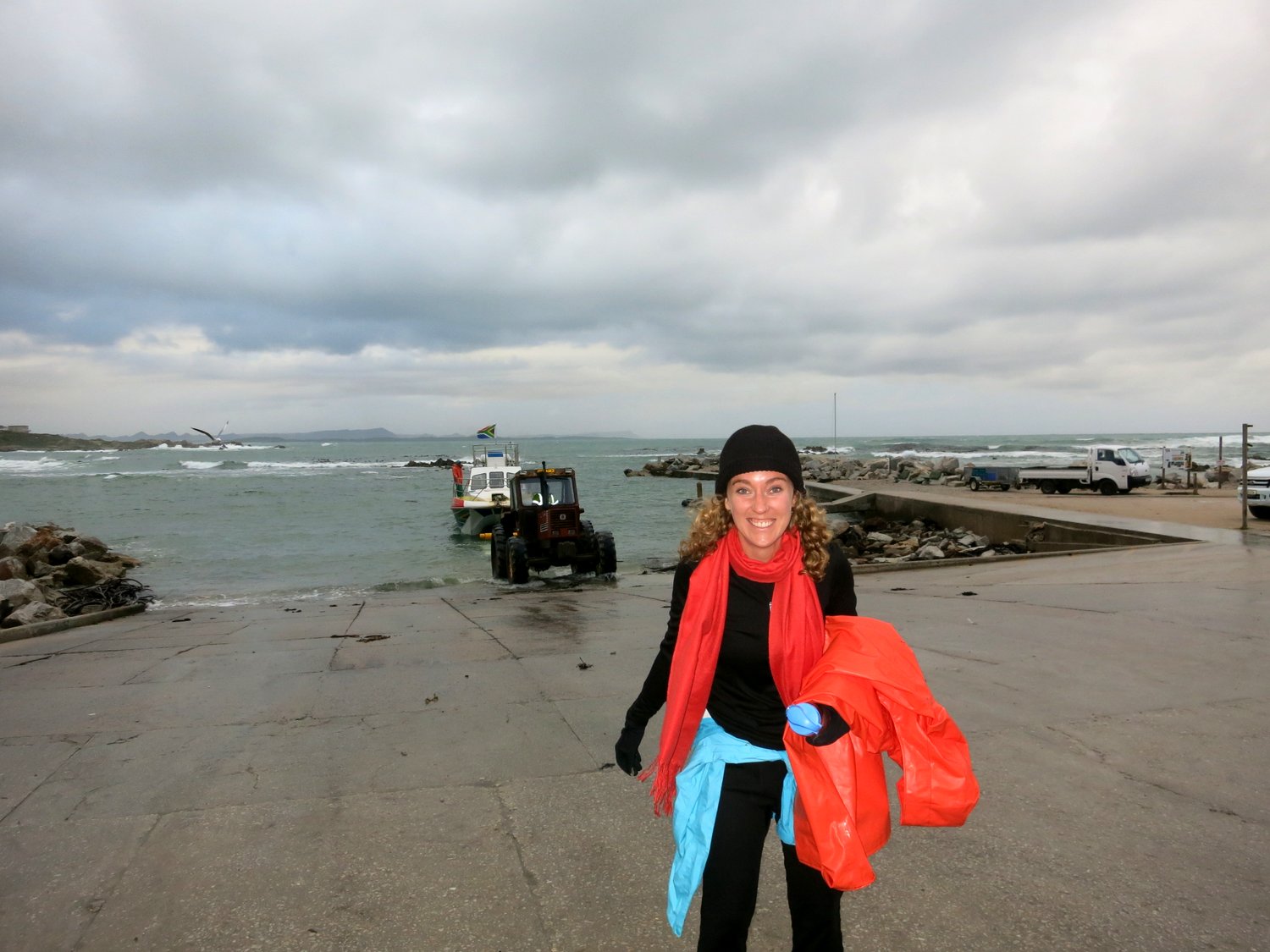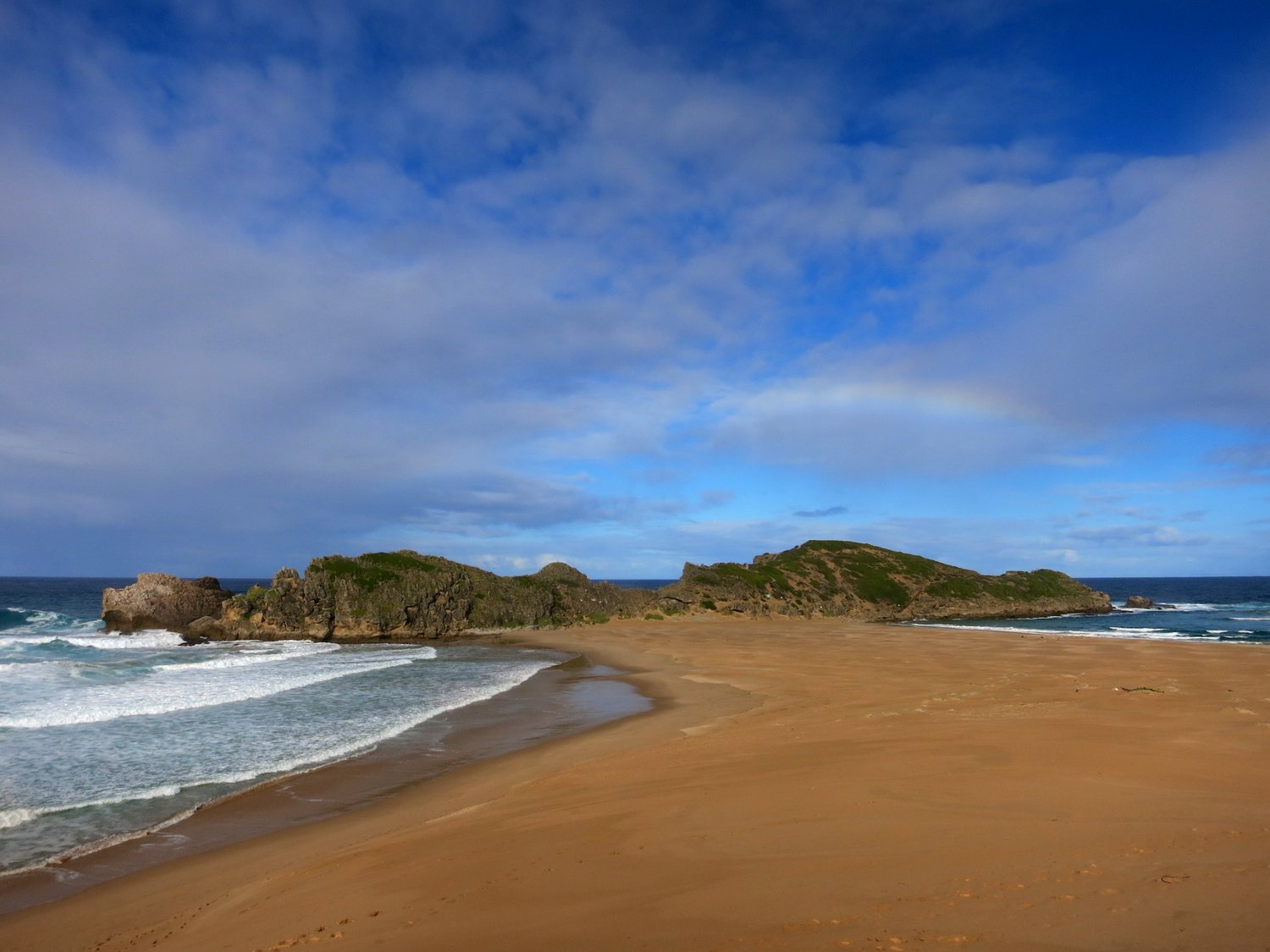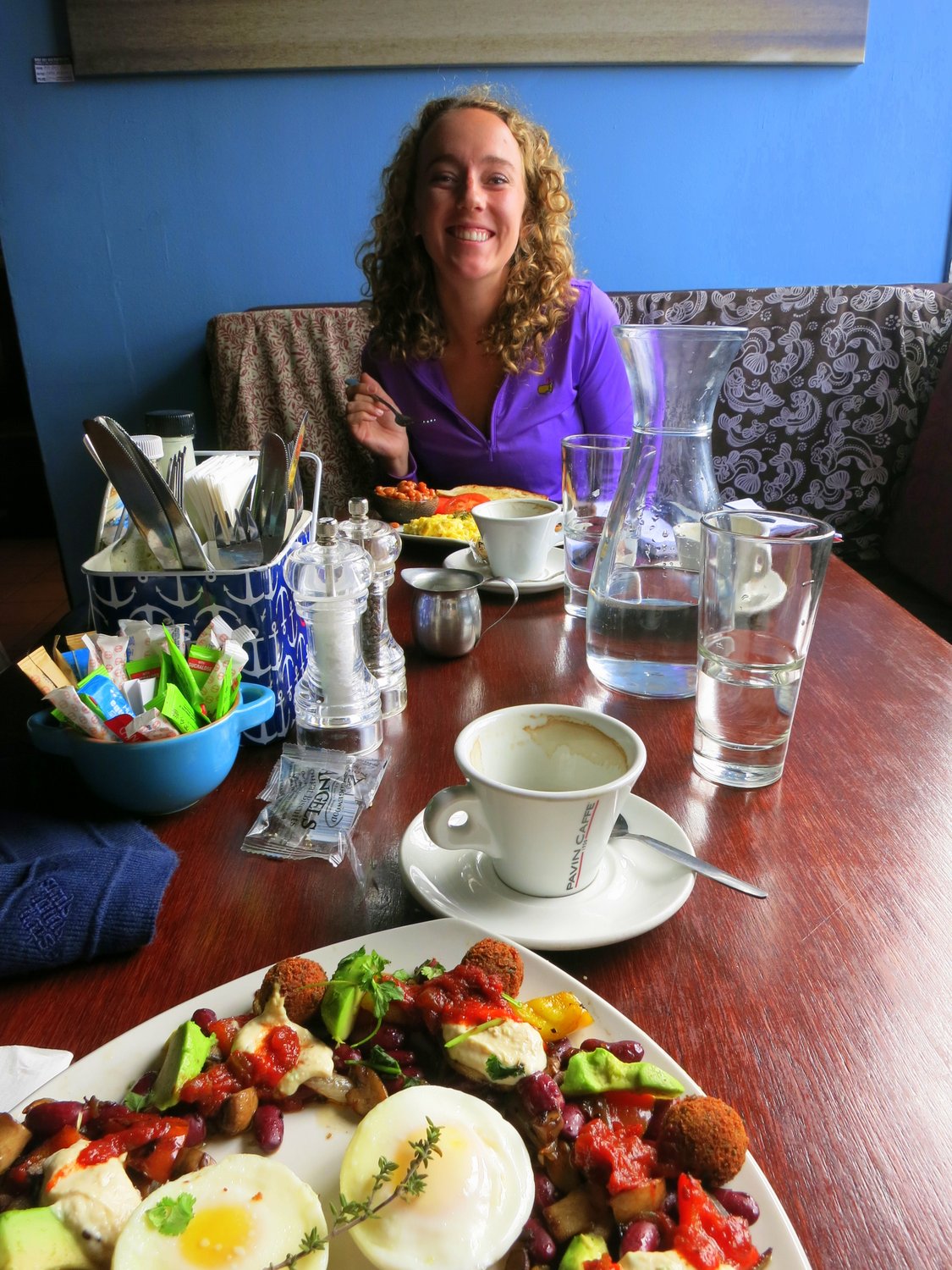An Orphan Walks a Lonely Road
There are a few things you should know:
-There are an estimated 3.7 million orphans in South Africa today and close to half of them have lost their parents due to HIV/AIDS related illness.
-Many orphans live in child-run homes (think of the show “Shameless” but not funny). The communities help raise them.
-Children’s Centers are safe places kids can come during the day to play and learn. The centers are mostly run by the grandmothers of the communities, but on their own, so the centers lack basic funding and the sophistication to source funding. Enter Lonely Road.
The Lonely Road Foundation is not a charity. One of Lonely Road’s excellent team members, Karabo, told us her view: Charities give help and then leave. They create dependence. We empower.
The difference is paramount not only in the results, but in the effort required. It’s gratifying and fairly easy to donate clothes to a community in need. But what happens when charities lose interest and the people still need clothes? <Insert inevitable "Teach a man to fish" parable>
Lonely Road works with the Children’s Centers in rural areas outside Johannesburg. The centers provide one meal per day to the kids as well as a safe place to play and learn. The centers also offer a gateway to the communities and, through the centers, Lonely Road is able to identify needs and address them.
We visited two of the centers in our short time working with Lonely Road. The children are sweet and mischievous and silly. They clung to Ryan the entire time (males are hard to come by). They were rowdy until mealtime when they sat quietly to finish their food. They listened to the grandmother teacher unlike any child I’ve ever seen and they danced like maniacs during dance time.
This is my favorite pic. Those kids are like "WHO is this guy and WHAT is he doing on my rug?"
This game went on for a while...
Meal Time = Quiet Time
Then they fell in love.
Until meal time called!
These kids play hard!
The donated toys stay safe in the cupboards so they don’t get messed up. The kids play games and sing songs without them. These kids don’t need toys. These kids need food. The government funding has just been revoked without explanation (South Africa’s government has made great strides in our lifetime, but is still an incredibly frustrating and complex mess) so the one meal that the Centers offer (and often the only meal the kids get) is currently in limbo. These kids are easy to help because they need so little and it’s not their fault.
We spent time with the people behind Lonely Road and were moved by their kindness. These people are the real deal. They work tirelessly with the Children’s Centers and the communities to help in responsible and effective ways. The good kind of giving is complicated and I’m grateful there are smart and effective people in the world like those at Lonely Road to do it. I trust them.
Go to their site to learn more and give what you can. They’ll do the rest.
See the Full Lonely Road Photo Gallery Here.
